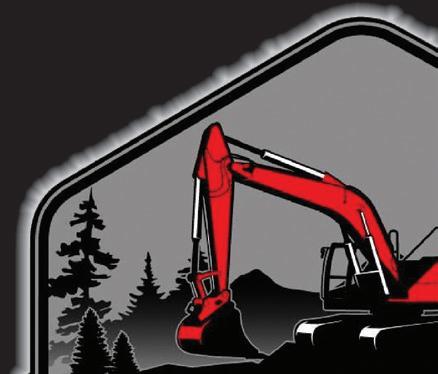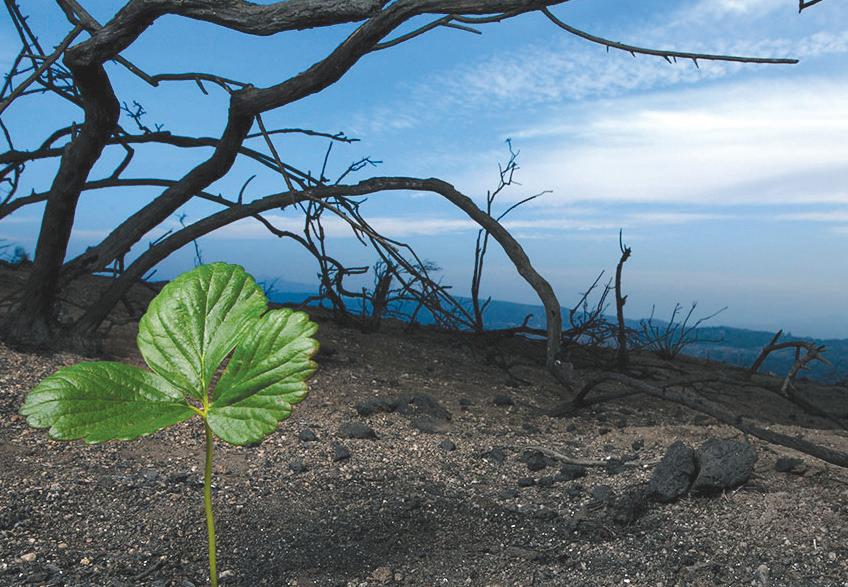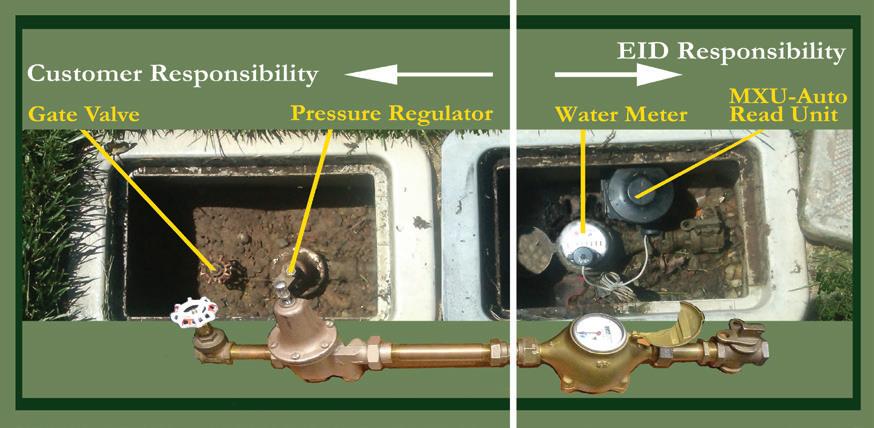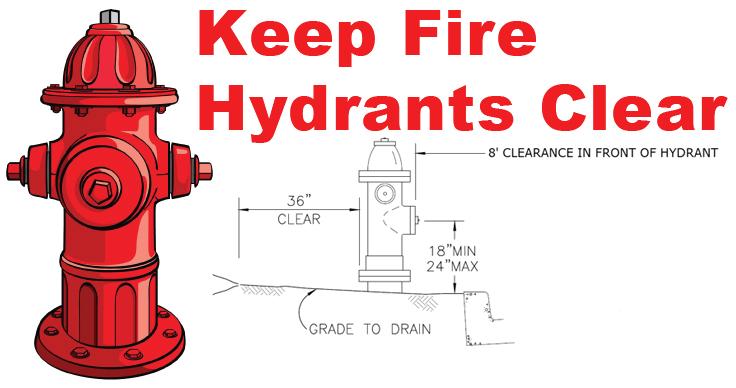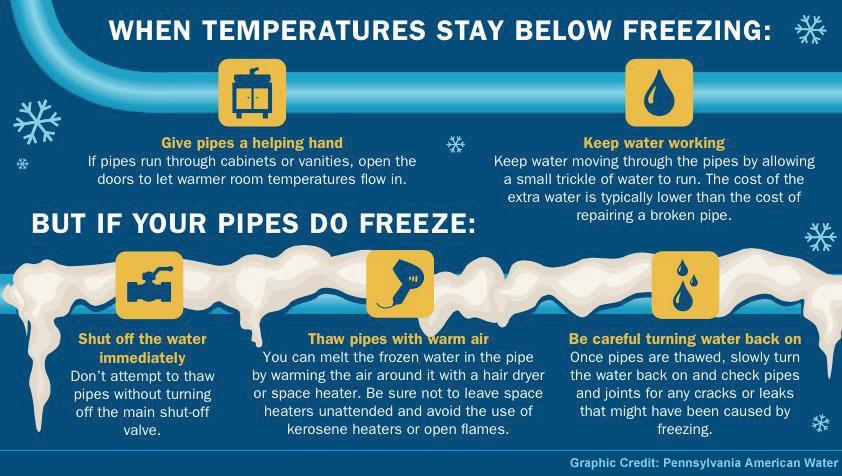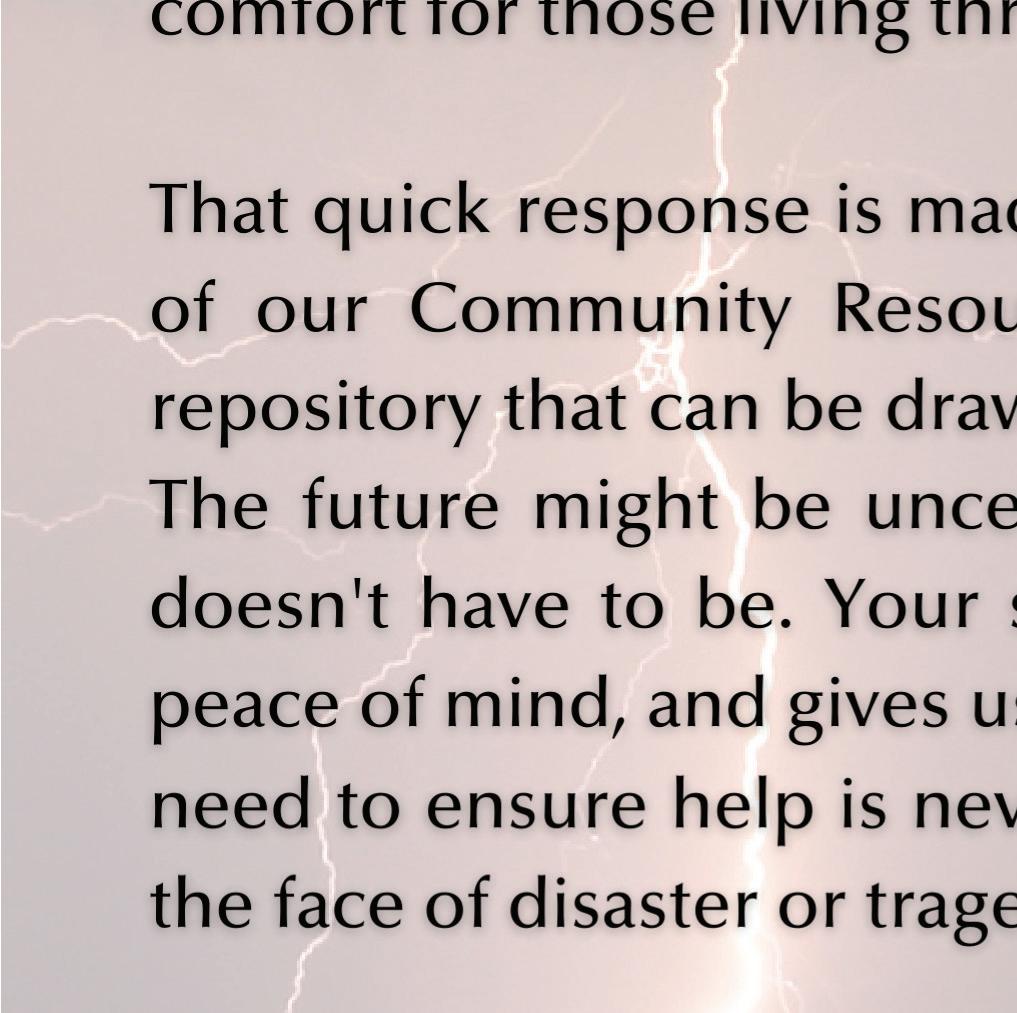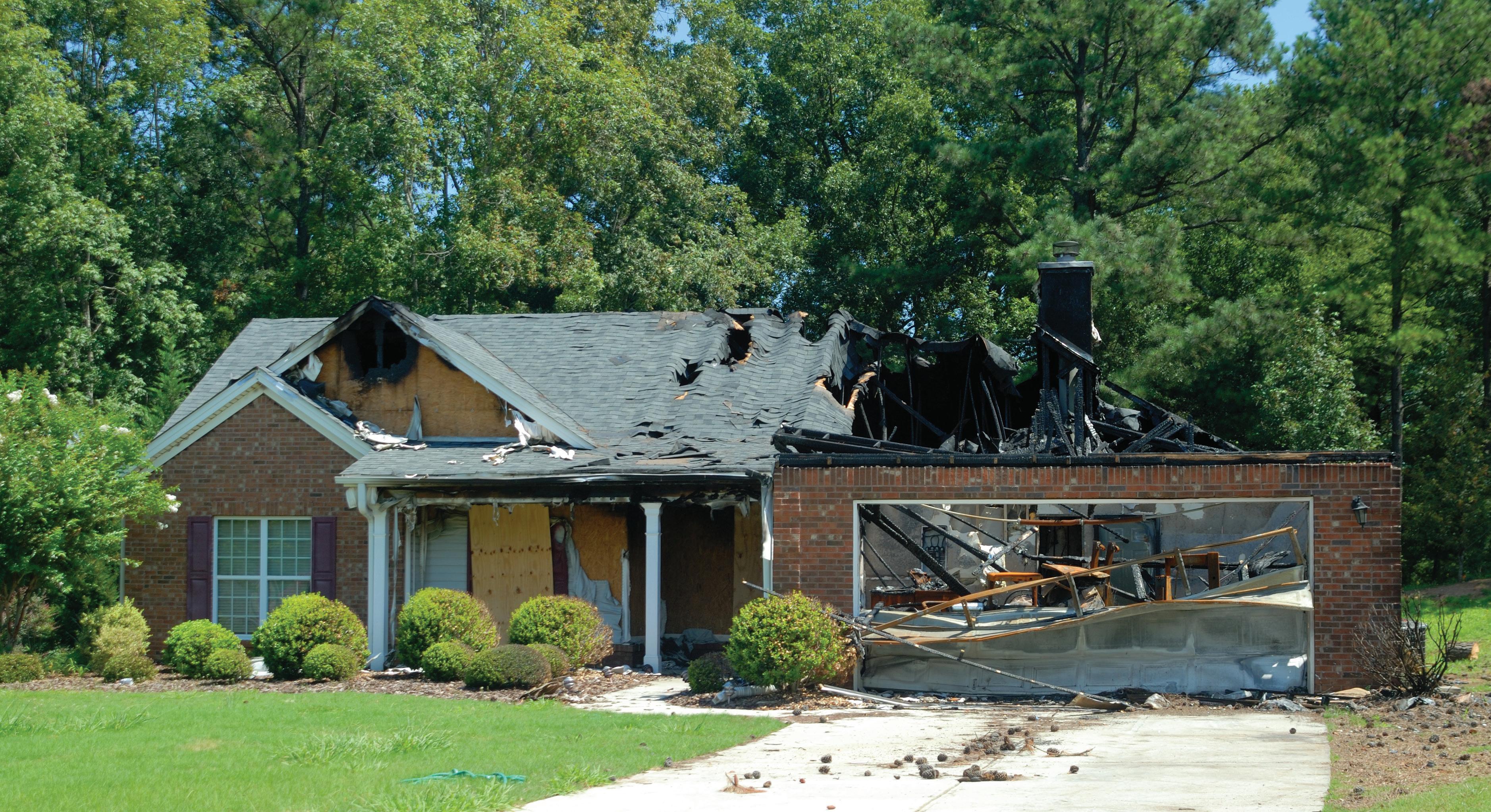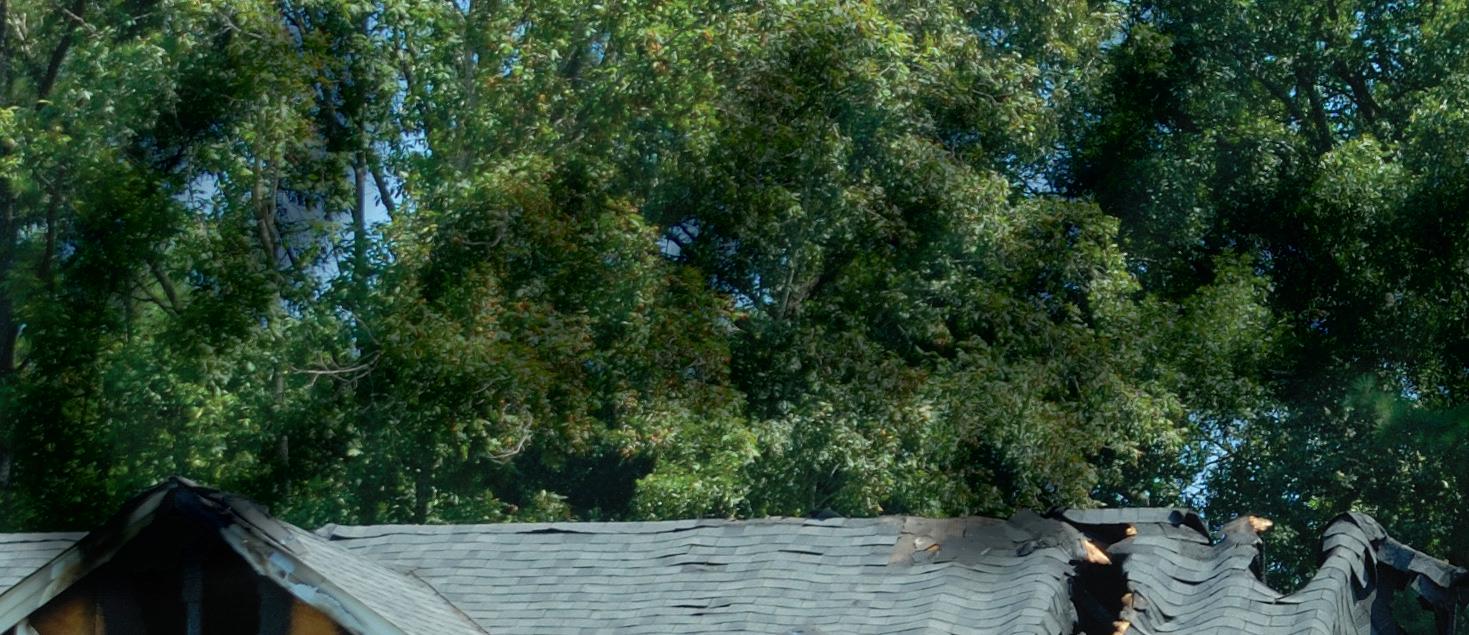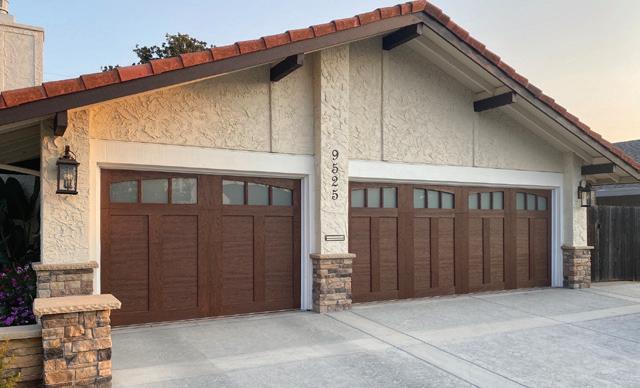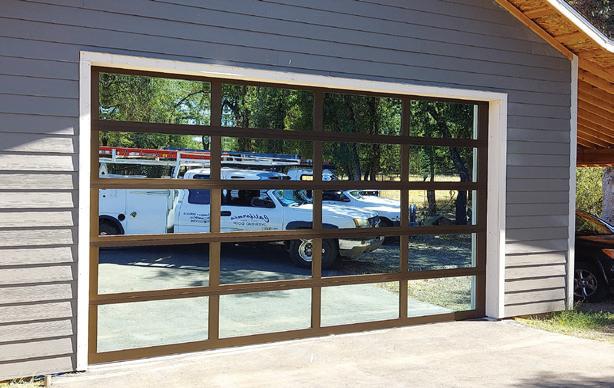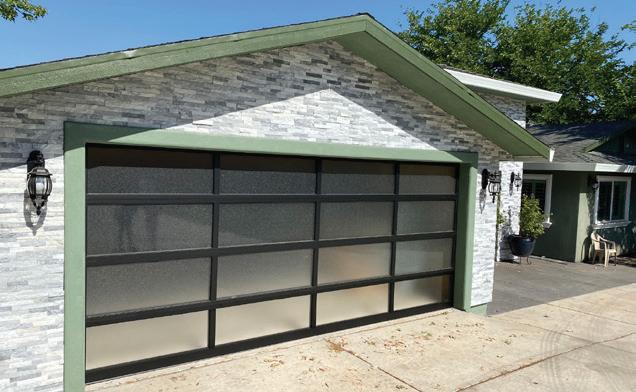







We are a nonpro t that strives to provide re ghters, EMTs, and EMS with the care and support they deserve. Our organization was founded by re ghters and emergency medical services (EMS) members. We work with passionate people who want to help rst responders by supporting them with their mental health needs. To donate, visit this link: H4HDONATE.givesmart.com or text 76278.



This year, multiple departments and local stations were in need of therapy dogs. The Paw Platoon Placement Program trains in-house therapy dogs who reside at local stations. These in-training dogs proactively provide a multitude of mental health and wellness for critical incident stress relief for decompressing.
Funds raised will support training, insurance, food, continued veterinarian care, and education to the program. With donations, you can help to provide ongoing support to our heroes!
by











Ben’s Barketplace Folsom, in conjunction Nulo Pet Food, sponsors the food for all the dogs in the Hearts4Heroes program. Ben’s Barketplace Folsom also sponsors any other pet supply needs for all the dogs in the program. We are also partnering with them to hold events to generate awareness and support for their cause.





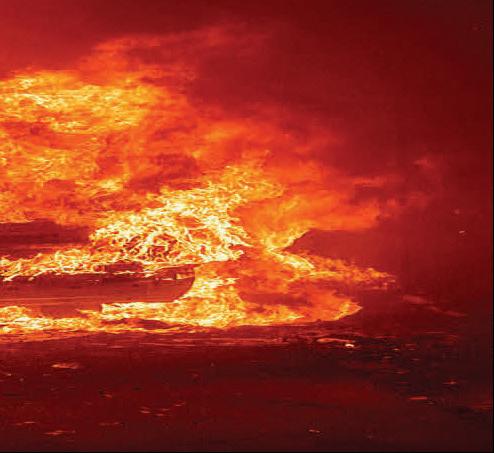

















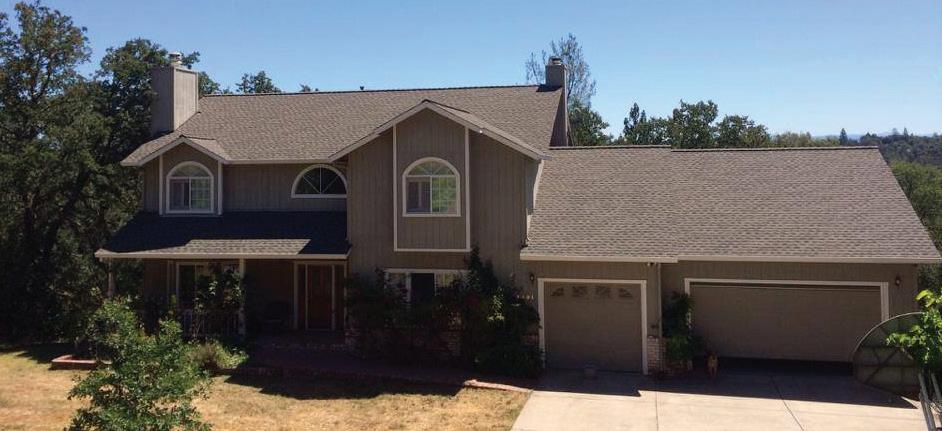









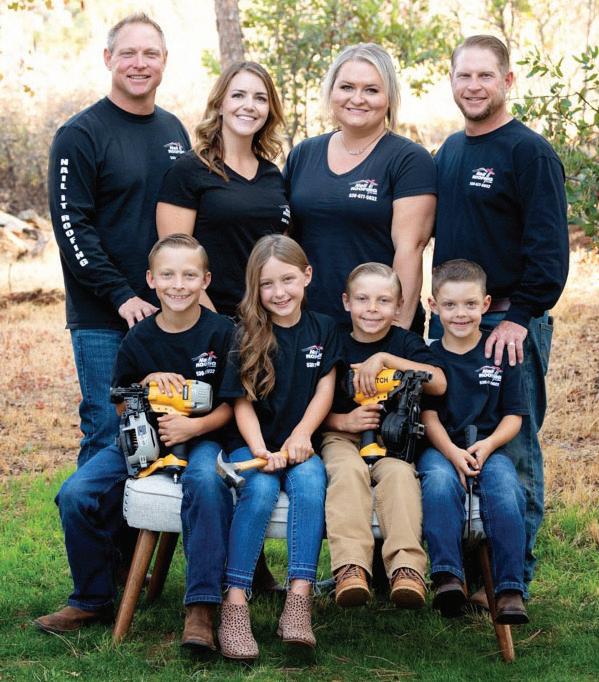
In the past decade, El Dorado County has experienced three majorwildfires including the King Fire, the Mosquito Fire and most notably the Caldor Fire which burned most of Grizzly Flat.
Additionally, The county became victim of intense fl ooding during the 2022–23 winter storm patterns which caused extensive damage to property.
El Dorado County residents are all too familiar with emergency disasters in recent years having to handle the effects of deadly wildfi res and fl ooding.
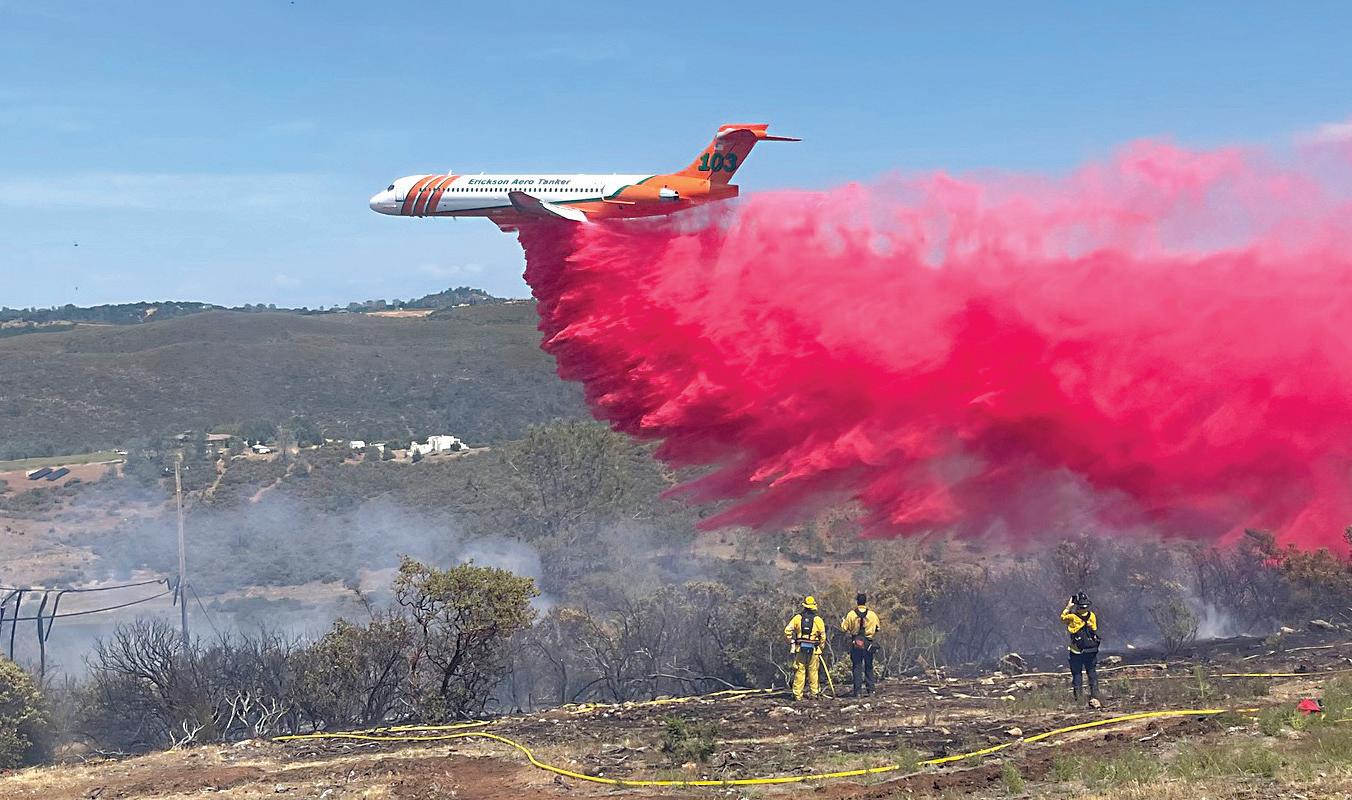
PG&E shutoffs, vegetation management and other mitigation efforts are all necessary to prevent the next county-wide disaster.
Disaster preparedness is on the minds of El Dorado County residents and Californians. It is becoming more important to understand the measures local governments are taking to get ready for the next emergency.
El Dorado County boasts an extensive network of guidelines and disaster preparation for local residents.
“We take a proactive and positive approach to help people and
communities prepare for emergencies,” a brochure from the county reads. “We encourage and instruct residents, local organizations, agencies and businesses to be ready for emergencies and all disaster events.”
The county’s emergency preparedness response team focuses on all hazards, emergency planning, community education, training county staff and emergency response and communication, among other efforts. Their reach extends beyond wildfi res and utility failures, such as preparing for potential fl oods and hazardous material spills.
The response team laid out a set of recommendations for individuals and
families to prepare for an unexpected emergency:
Have at least a week’s worth of medication in your emergency supplies kit
Identify back-up or alternate power supplies for electricity-dependent equipment
Keep a supply of special food or infant formula
Identify alternate transportation for evacuation
Make an emergency kit. Remember children, pets and those with special medical needs
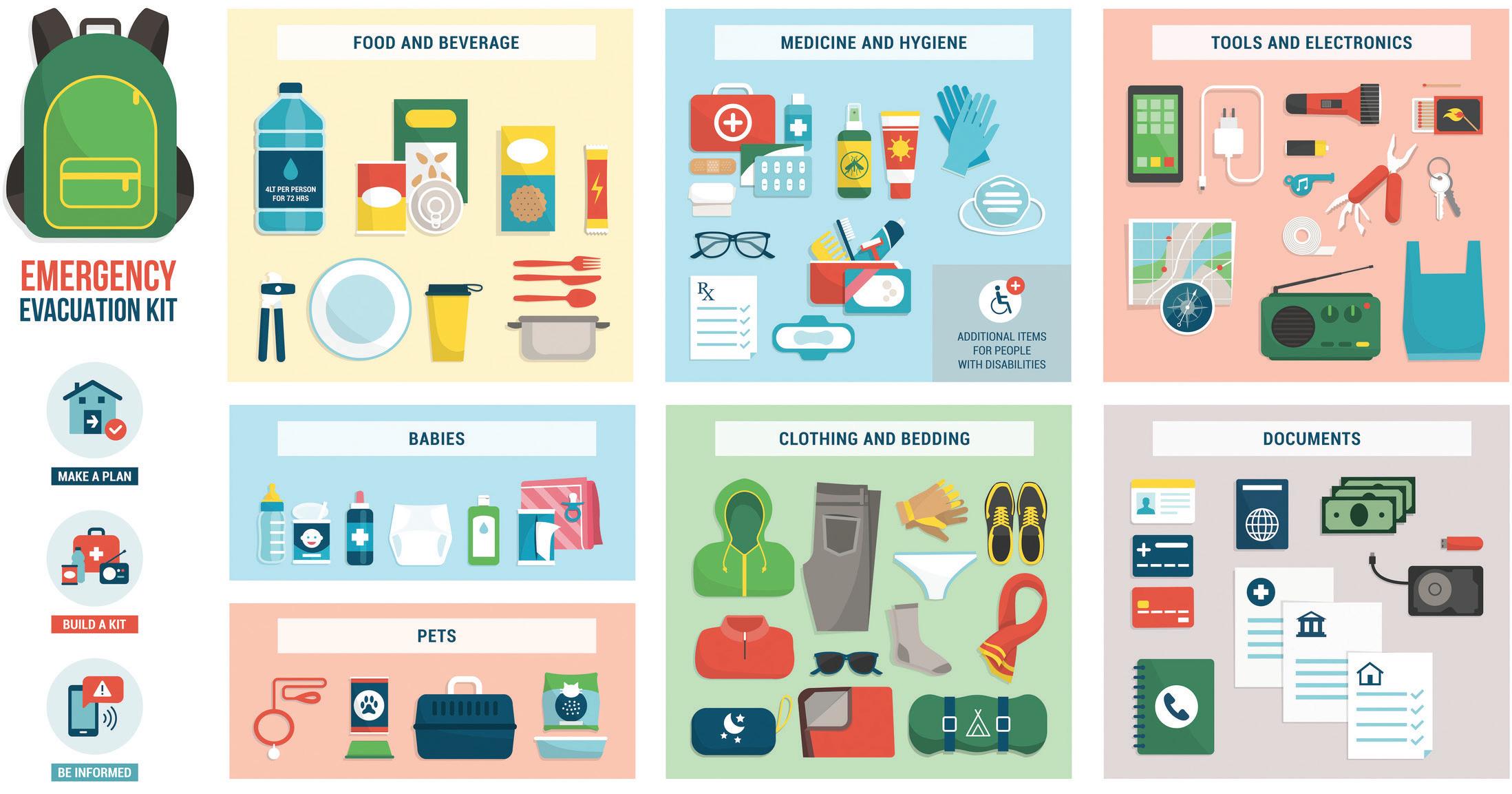
Have a plan. Have an emergency response and evacuation plan
Be informed. Know how to get information from the radio, TV, social media, text alerts and emergency notification systems
Know your neighbors
For evacuations, the county recommends that individuals and families:
Learn your neighborhoods — where you live, work, go to school, spend your time
Identify a reunification location
Have evacuation plans
Know at least two ways out of your neighborhood
Practice these evacuation routes in various conditions (rain, snow, at night) with family, friends and neighbors
Have a back-up plan
Plan for traffic
Keep at least a half tank of gas in your car at all times
Put your emergency kit in your car
Pack in your pets and kits
Plan to meet at your reunification location
Practice using different methods of communication
That’s a lot to remember and plan for. To make it easy on residents, the county advises locals to remember the “six P’s.”
1. People and pets
2. Papers, phone numbers and important documents
3. Prescriptions, medications and eyeglasses
4. Pictures and irreplaceable memorabilia
5. Personal computers/tablets and phones
6. Plastic (debit or credit cards) and cash
For continued education on emergency preparedness, the county has entire social media accounts — Twitter, Facebook, NextDoor and Instagram — dedicated to disaster preparedness.
For those who want to get involved, the county offers volunteer



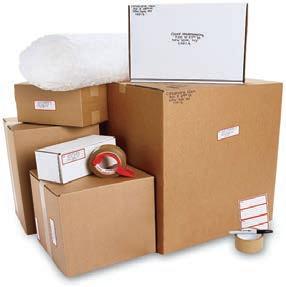





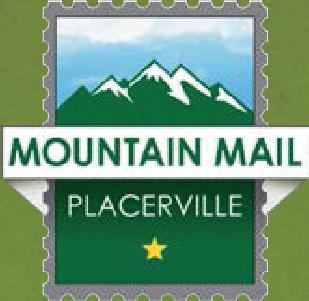





opportunities in fi re safe councils, Community Emergency Response Teams and the American Red Cross, among other groups.
Further information on the county’s disaster preparedness can be found at edcgov.us/preparedness/.






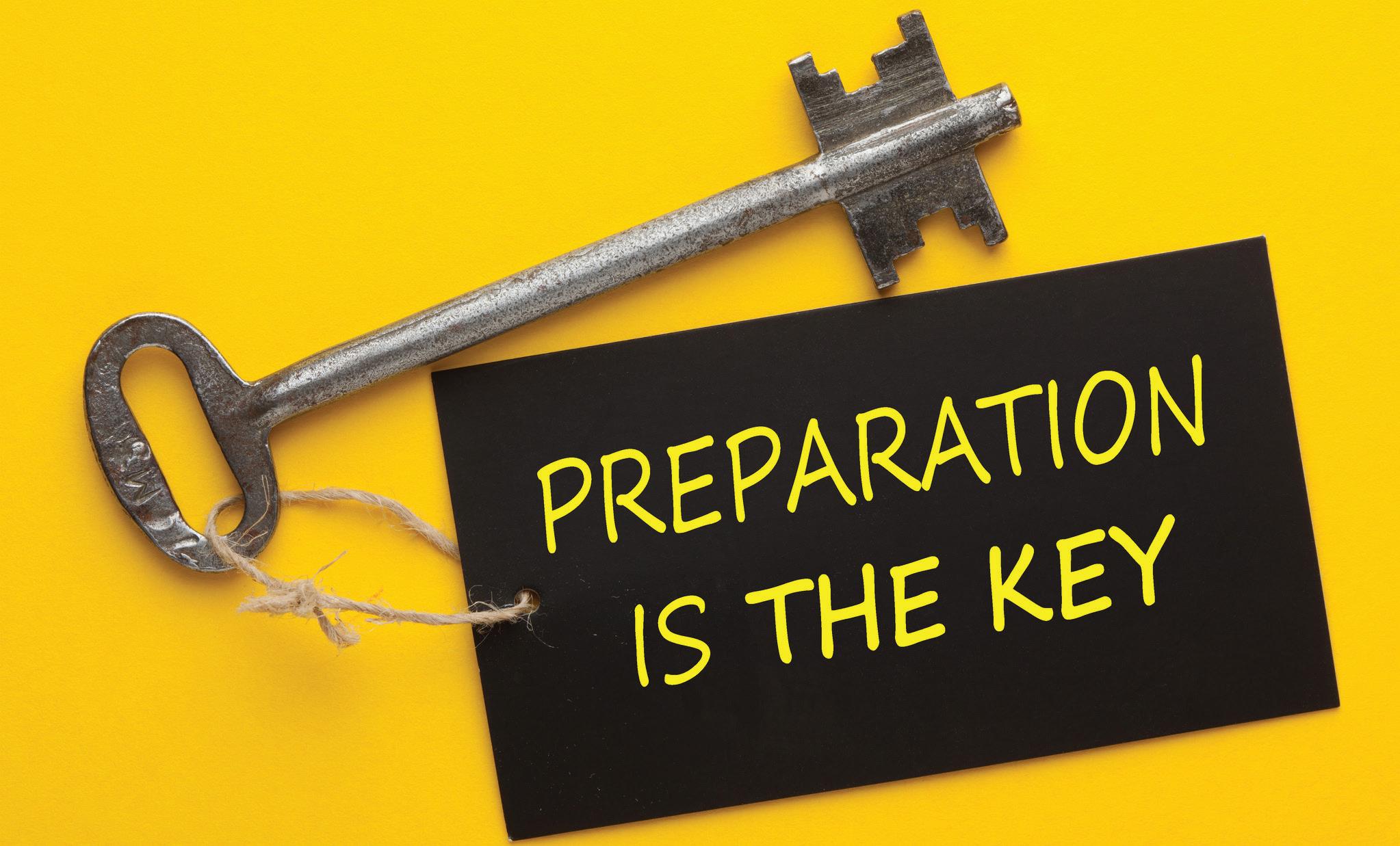




Sitting at the heart of El Dorado County, the city of Placerville is at high-risk of a wildfi re disaster with its relatively dense population and rural setting.


Its natural geographic surroundings, along with recent devastating

phone, text message, email and social media when there is a threat to the health or safety in the area.



Following the city of Placerville’s Facebook and Twitter pages could come in handy as well. Read more about the city’s disaster plans at cityofplacerville.org/links-for-citywide-emergency-disaster-preparation.

To sign up for CodeRed visit ready. edso.org/ and to signup or Nixle visit local.nixle.com / placerville-policedepartment/.
The county even has it’s own nonprofit group dedicated toward fi re safety. The El Dorado County fi re safe council’s website holds every conceivable link to wildfi re preparedness one may need. Evacuation plans, vegetation management guidelines, fi re-resistant landscaping, fi re risk zones, you name it. The council is made up of fi refighters and stakeholders from across the county.
“Education and community outreach are a top priority for the council,” a statement from the group reads. “We make the residents of the county aware of the risks of living within a Wildland Urban Interface (WUI) and what can be done to protect their homes and property from wildfi res.

“Creating defensible space is their responsibility. Over the past decades, people have moved into the forest and wildland environment because of the natural resources and rural atmosphere; it is a beautiful place to live. However, many people build homes in this environment with little or no knowledge of what it means to live with the threat of catastrophic wildfi res.”
Visit the fi re safe council’s website at edcfi resafe.org/.


The county also recommends these guidelines for winter travel —
Check the latest road conditions, weather forecast, chain requirements and incident information before traveling to Tahoe or any areas in the county with heavy snow presence
‘Winterize’ your vehicle’s disaster supplies kit. Include a windshield scraper, snow brush, salt, sand, shovel, tire chains, warm clothing and sturdy shoes in addition to other basic vehicle safety items and emergency supplies
Tell family, friends and/or neighbors your destination route and when you expect to arrive. Check in when you’ve reached that destination
Do not use cruise control in wet, icy or snowy weather
Remember your pets
Check out road conditions and weather forecasts at quickmap.dot.ca.gov
For indoor safety, the county cautions all to plan for power outages, heating your home safely and checking all carbon monoxide and smoke detectors. Visit ready.gov. winter-weather and emergency.cdc.gov/disasters/winter/ for more information.


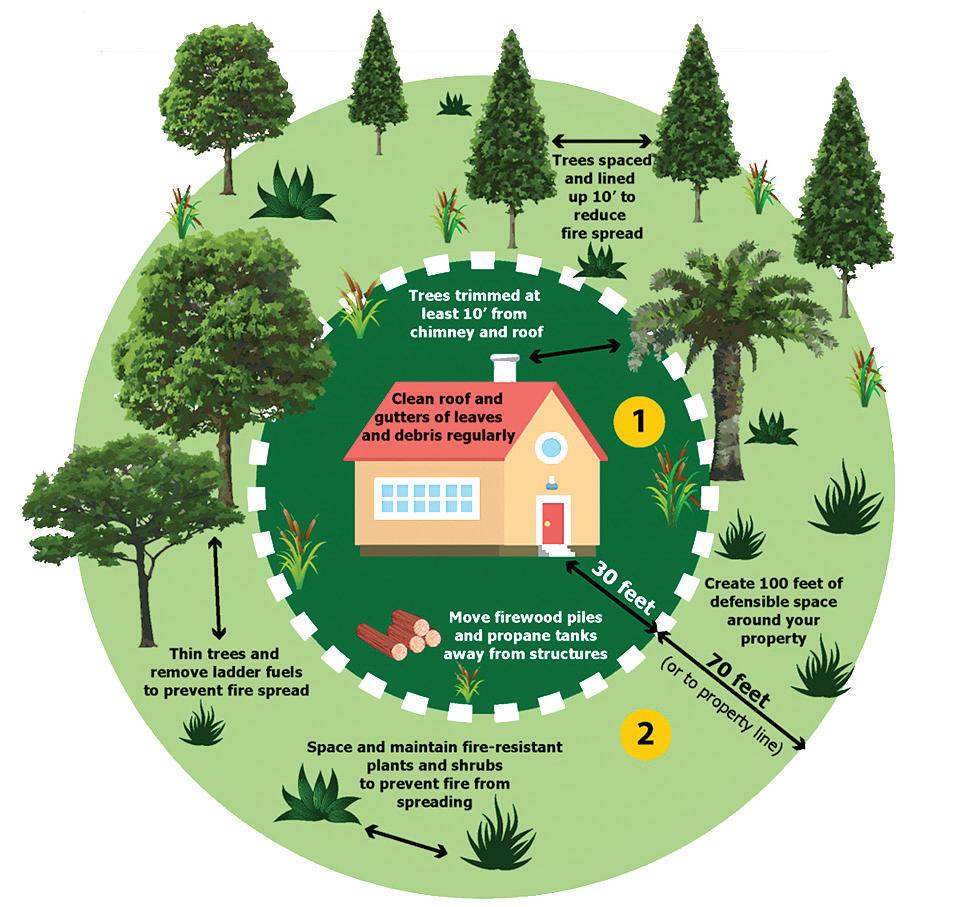
Defensible space, coupled with home hardening, is essential to improve your home’s chance of surviving a wildfire. Defensible space is the buffer you create between a building on your property and the grass, trees, shrubs, or any wildland area that surround it. This space is needed to slow or stop the spread of wildfire and it helps protect your home from catching fire—either from embers, direct flame contact or radiant heat. Proper defensible space also provides firefighters a safe area to work in, to defend your home.


Each year firefighters respond to hundreds of fires started by Californians using equipment the wrong way. Do all yard maintenance that requires a gas or electric motor before 10 am. Whether working to create a defensible space around your home, just mowing the lawn, or pulling your dirt bike over to the side of the road, if you live in a wildland area, you need to use all equipment responsibly. Lawn mowers, weedeaters, chain saws, grinders, welders, tractors, and trimmers can all spark a wildland fire. Do your part the right way to keep your community fire safe.
The EDCFSC has received grant funds to provide chipping services for neighborhoods and individual homeowners on the West Slope of El Dorado County who are willing to work to make their property fire safe. For details about this program, visit: https://www.edcfiresafe.org/chipper-program/
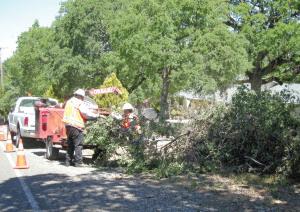

In El Dorado County, we desire to establish one of the finest education systems in California and the nation. Creating a safe and welcoming environment for all students is a foundational belief and aspiration. As a county, we have developed strong partnerships between schools, law enforcement and school community partners to improve campus and community safety.
Within El Dorado County there are county-wide programs (administered by the El Dorado County Office of Education), 15 school districts, more than 65 schools and several charter schools.
The El Dorado County Sheriff’s Office serves the majority of schools in the County, with full-time deputies assigned to the School Resource
Officer (SRO) program. In addition, the city of Placerville Police Department and South Lake Tahoe Police Department serve the schools in their local jurisdiction.
With guidance and technical assistance from law enforcement partners, public schools in El Dorado County have developed school safety plans that are regularly reviewed and updated. Plans include procedures for lockdowns, evacuations, active shooters, wildland fi res, earthquakes and more. Each campus maintains plans tailored to its site and address critical needs at that campus. Safety plans include communication protocols for connecting with law enforcement and messaging to families. Plans are formally reviewed annually to ensure that current safety protocols are addressed.
Fire and lockdown drills are scheduled throughout the school year to ensure students and staff are familiar with what is expected of them in the
event of an emergency. And, for the past several years, law enforcement and other public agencies have held active shooter drills on school campuses.
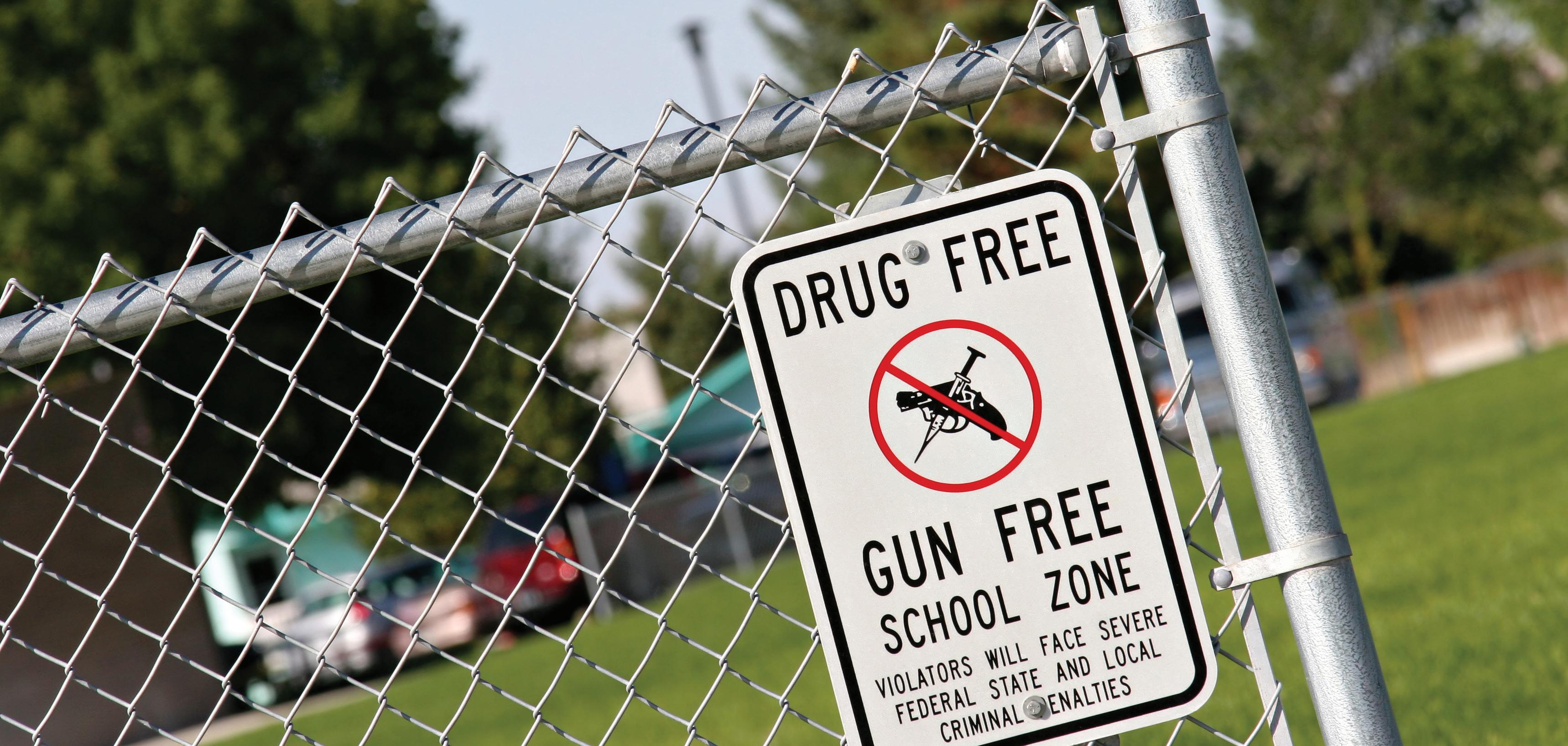
In the spring of 2023, representatives from El Dorado County education, law enforcement and Health and Human Services gathered for training on a new threat assessment model used as a best practice for preventing pathways to violence in schools. The model brings teams through a step-by-step process of identifying a student who is a possible threat to themselves or others, assessing the threat level and identifying the next steps. Support is provided on a continuum from prevention to crisis intervention.
In El Dorado County, keeping students and schools safe will remain a top priority for every educational leader, law enforcement agency and community partner.
Today’s communications systems are literally a marvel. We can talk and see people in space or almost any place on earth. We can transfer incredible amounts of information in just seconds or minutes.
The only problem is that just when we need to rely on our advanced communications systems most, they can fail, such as when natural or humancaused disasters occur. Cable, internet and cell phones go dark.
When the Camp Fire ignited on Nov. 8, 2018, in Butte County, and burned the foothill town of Paradise, it was considered the most destructive wildfi re in California’s history. Paradise had a population of nearly
27,000. Before the fi re was contained on Nov. 25, the fl ames burned 240 square miles. Cell phone service went down as 52,000 residents tried to escape the fi re on dangerous roads. Eighty-fi ve people lost their lives, 18,804 buildings were destroyed.
As emergency services were being restored, El Dorado County resident Alan Thompson, who installs commercial internet systems, was asked by a New York company he works for, to go to Paradise and restore internet service in eight locations. Absorbing the impact of the fi re when he arrived, Thompson realized that a resilient, flexible communicating system is necessary to back up 911, CODE RED and other emergency systems when they fail. Thompson is also a ham radio operator.
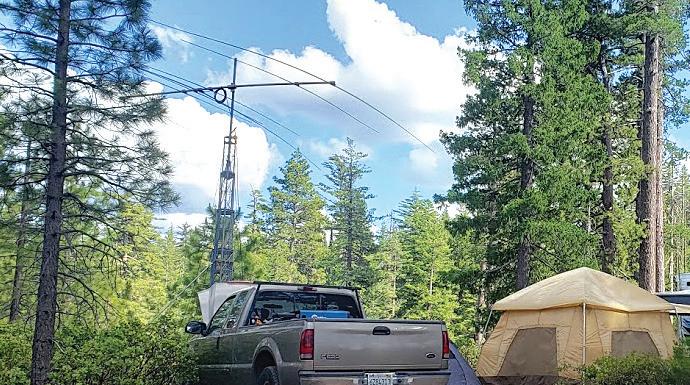
“I had a crystallizing moment,”
he said. “Radio.” A simple, reliable, familiar technology.
The sticking point is that most people don’t want to go through the process of becoming a ham radio operator — the test, the license, the cost. Thompson took his question to a El Dorado County Amateur Radio Club meeting. “How can we create a radio that works for the general public?” he asked. The members pondered, and came up with a brilliant solution: General Mobile Radio Service (GMRS).
The amateur radio club refurbishes out-of-date handheld radios used by police and fi re departments and gives them cost-free to residents. To operate the radio, owners must have a GMRS license from the Federal Communications Commission (FCC). The license is available on the FCC website. No
test is required. It costs $35, is valid for 10 years and covers the immediate family members.
Volunteers are putting up more repeaters throughout the Western Slope of El Dorado County. Most are co-located with police, fi re or sheriff’s communications equipment.
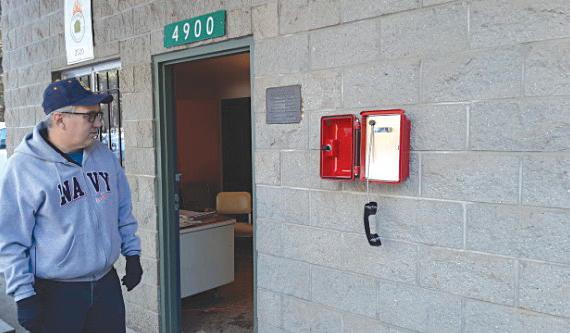
The Neighborhood Radio Watch program provides free talks for members and community organizations, free workshops, testing and advice on radios, community radio repeater installations to extend coverage and assistance in setting up “Safety Nets” and “Check-in Nets.”
Thompson’s “crystallizing moment” continues to produce expanding energy. The programs and services are welcomed by residents as an important way to protect their families’ lives, property and animals. Since 2019 the El Dorado County Amateur Radio Club implemented radio watch programs throughout El Dorado County. Members were active during the Caldor Fire, and during the recent storms that created extended power outages and road closures on the Georgetown Divide.
In April 2022, the Community Emergency Radio Association
(CERA) was incorporated as a nonprofit tax-exempt organization by the IRS. This status allows CERA to receive donations and grants. CERA is the parent organization of the El
In response to requests from other communities, free workshops on the Neighborhood Radio Watch program have been provided to groups in 10 California counties, as well as in other states.
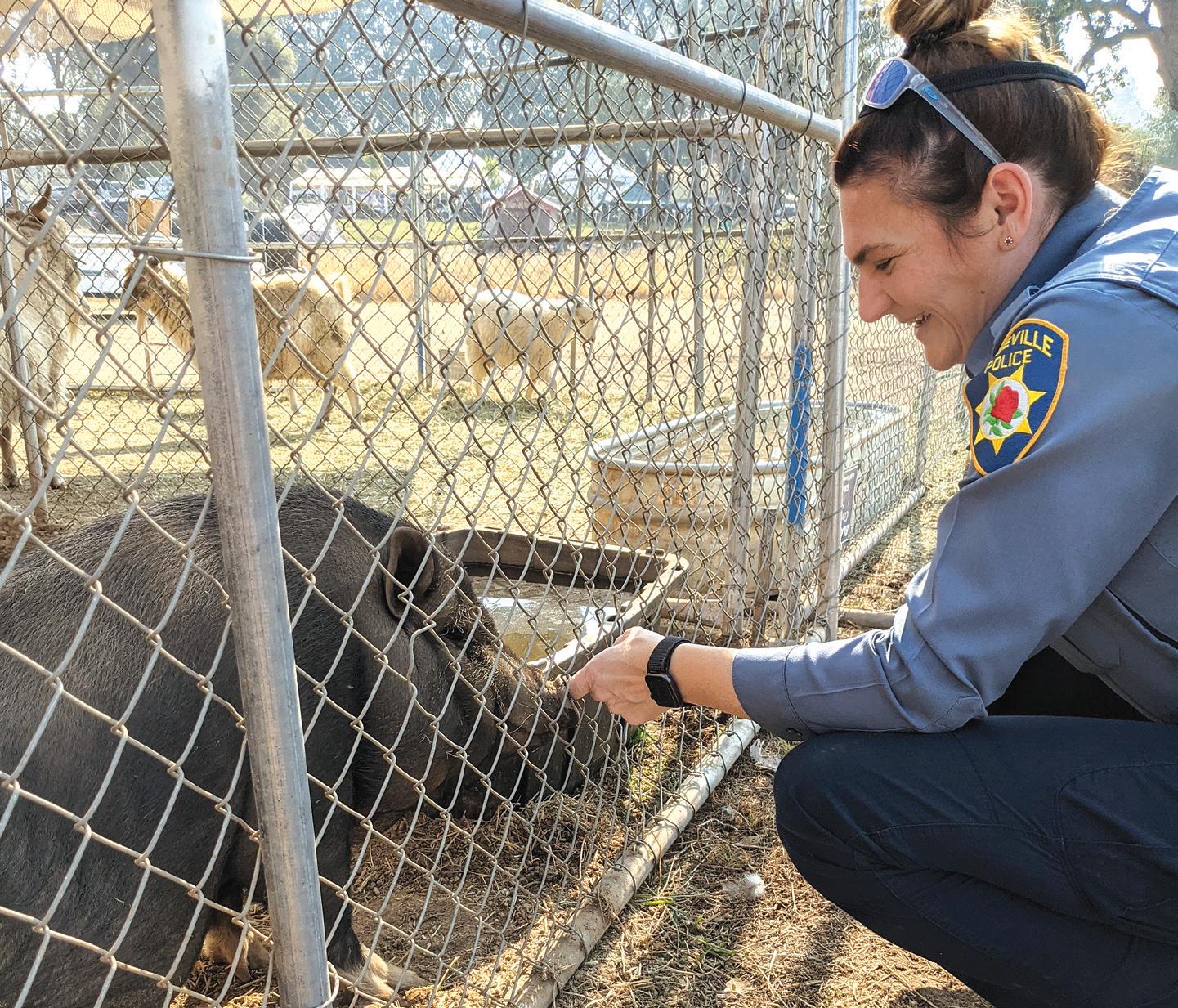
In addition to the radios, members are developing an area-wide paging service that uses a simple $25 pocket pager to alert residents.
Thompson said, “As we confront increased risks from climate change, it may take years and hundreds of millions of dollars to solve the colossal problems that result. We can’t wait. These community-based services have already saved lives and property during and after disasters.”
For more information contact Alan Thompson, public information officer, at alan.thompson@cerafund.org.
El Dorado Community Health Center (EDCHC) is committed to improving the health of our community through quality healing and preventive services. We are part of the El Dorado County healthcare coalition, which includes a group of healthcare facilities and emergency responders who organize mitigation, preparedness, response, and recovery actions of medical and healthcare providers in the EDC health care system.



The services available in our centers include primary care, dental, podiatry, behavioral health, a pharmacy program, patient advocacy and referrals to collaborative organizations within the community. Our exciting new center recently opened at 4212 Missouri Flat Road in Placerville is equipped with 100% redundant power backup for uninterrupted power when the electrical system goes down. We will continue to serve our patients and the community in all emergency situations.

When power outages or other natural disasters occur, preparation is key in maintaining your health during these challenging times. Here are a few ways that you can prepare:
1. Prepare for a power outage by having back-up power and an emergency plan if you or family members use special healthcare equipment like oxygen generators or dialysis equipment. Notify your emergency contacts and local power company.
2. Gather important information ahead of time, such as medical insurance cards, list of medical devices and medications, and contact information for health providers and family members.

3. Make sure you have several days of medication and medical supplies on hand.
4. Plan for your transportation if you need help evacuating and consider how you will evacuate with any assistive devices.
5. Create a network of support to help you in case of an emergency.
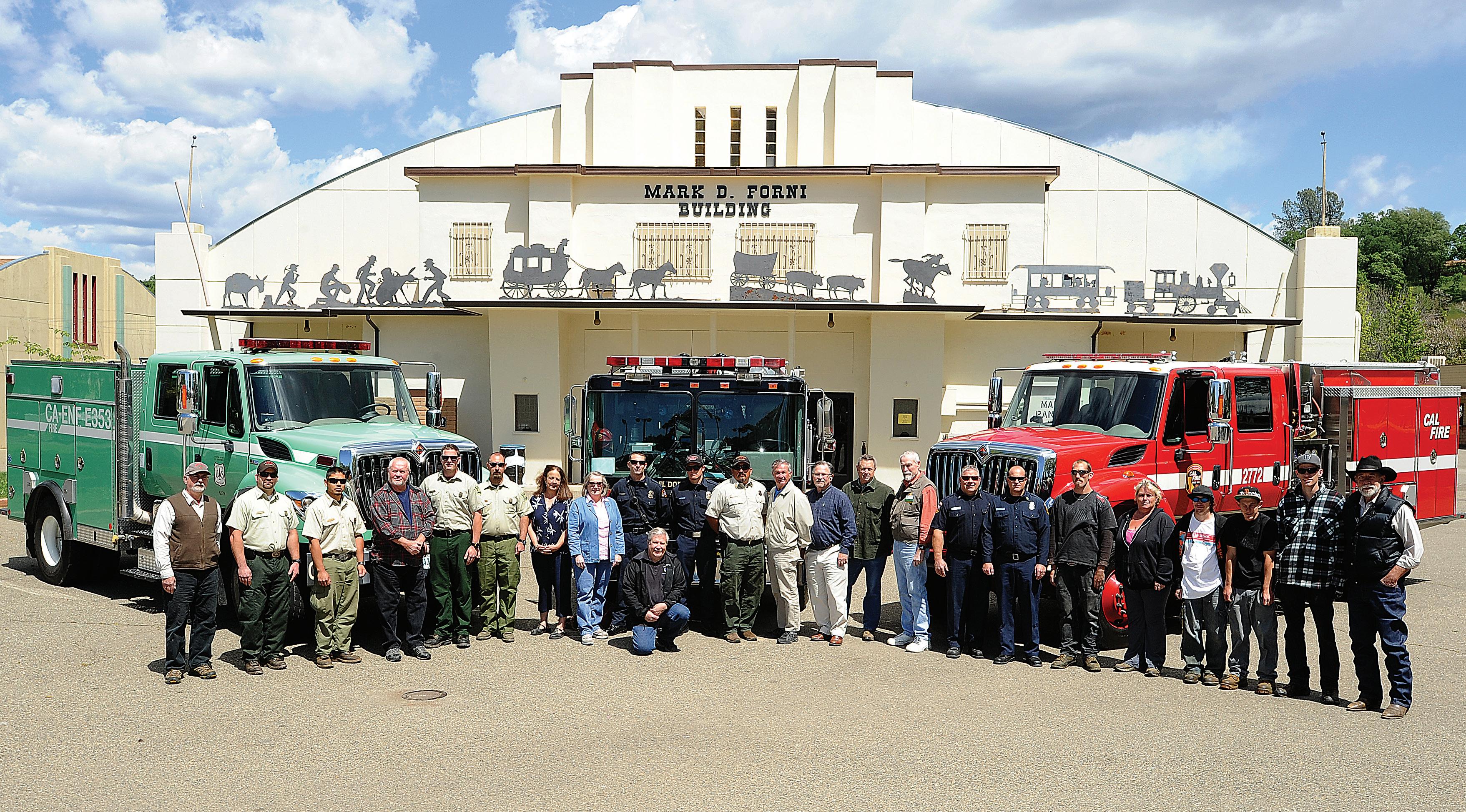 STORY BY: Odin Rasco
STORY BY: Odin Rasco
With hot summers, frequent and lengthy droughts and an abundance of fuels piled up in California forests, the threat ofwildfire has grown significantly in the past decades. The Caldor and Mosquito fires are grim reminders that wildfires can happen anywhere with enough fuel — and that anywhere clearly includes El Dorado County.
In an effort to help local homes and communities be as fi re-ready as they can be, more than 30 fi re safe councils along the West Slope work in association with county’s umbrella
council, according to Ken Pimlott, principal management analyst for the El Dorado County Office of Wildfi re Preparedness.
“They say all government is local and all efforts start locally; these councils are truly grassroots and community-led,” Pimlott explained. “The boundaries of their areas are established by and coordinated with communities, not decided by the boundary lines of whichever local government.”
The councils act as a direct line between communities and fi re agencies, and focus their efforts on providing education on fi re safety to their neighbors, such as the importance of creating a defensible space around the home to lessen the chance of fi re spreading.
The councils currently provide three main programs to the community:
Community chipping. Utilizing funds from Cal Fire and County Air Quality Management, this program allows residents to arrange for brush and other wood they clear to be chipped for them. The program pays for contractors who will pick up the wood at the streetside and chip it for six hours, twice a year.
Defensible space assessments. Available for free to any resident, the fi re safe council will conduct fi re readiness assessments and identify ways to establish and maintain a defensible space, such as raking away leaves or clearing nearby trees and brush. Additionally, qualifying seniors and low-income residents
can apply to have some of the defensible space work done for them.
Hazardous tree program. Certain trees prove a bit more of a technical challenge to remove than others, and through the help of Cal Fire, qualifying homeowners (determined on a sliding-scale basis) can apply for assistance in having such trees removed to create a more defensible space.
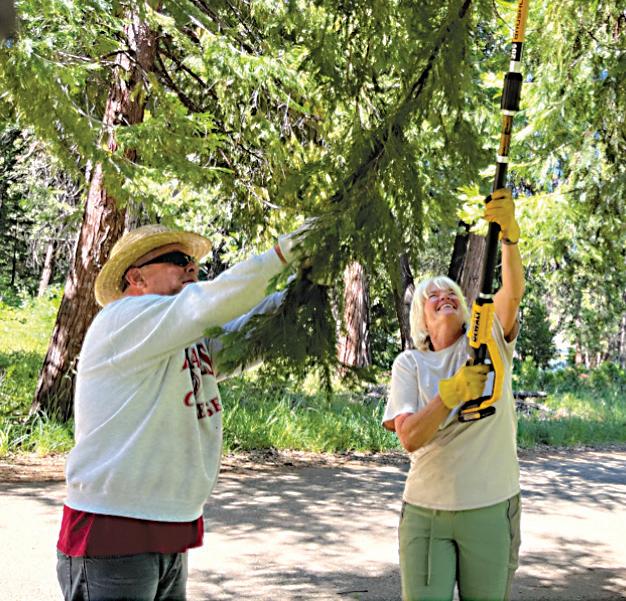
More than anything else, according to Pimlott, the councils provide information and education to the community.
“We can only do so much preparation, and fi re safety is one where it is a case where every single person needs to roll up their sleeves and get involved,” Pimlott said.
Information on the many fi re safe councils in the county can be found at edcfi resafe.org.
AUBURN LAKE TRAILS FIRE SAFETY COUNCIL (FSC)
Contact: Michael A. Connelly
Phone number: (650) 200-3838
Email address: altfiresafe@gmail.com
AUKUM FAIRPLAY FSC
Contact: John Hess
Phone number: (916) 223-2548
Email address: info@affsc.org
COLOMA-LOTUS FSC
Contact: Deborah Kruse
Phone number: (916) 990-1812
Email address: deborahskruse@gmail.com
COOL-PILOT HILL FIRE SAFE COUNCIL
Currently undergoing a reorganization.
Contact person: Steve Willis, chairperson
DIAMOND SPRINGS FIRE SAFE COUNCIL
Information coming. Contact the El Dorado Fire Safe Council for an update.
EL DORADO COUNTY FSC
Contact: Steve Willis
Phone number: (530) 647-1700
Email address: scwillis@comcast.net
FORT JIM FSC
Contact: Courtney Jackson
Phone number: (530) 295-7165
Email address: fortjimfsc@gmail.com
GALLAGHER LAND OWNERS FSC
Contact: Ken McKinstry
Phone number: (916) 402-7083
Email address: kmckinstry@earthlink.net
GEORGETOWN DIVIDE FSC
Contact: Tamara Johnston
Phone number: (530) 295-9335
Email address: dividefiresafecouncil@gmail.com
GOLD HILL FSC
Contact: Anthony Garcia
Phone number: (925) 813-5168
Email address: twinbugles@mac.com
GOLD RIDGE FOREST FSC
Contact: Sherry Hawk
Phone number: (707) 888-9331
Email address:
GoldRidgeForestFSC@yahoo.com
GREATER CAMERON PARK FSC
Contact: Paul Gilchrest
Email address: cpfiresafecouncil@gmail.com
GRIZZLY FLAT FSC
Contact: Mark Almer
Phone number: (530) 559-3774
Email address: chair@grizzlyflats.org
LAKEHILLS FSC
Contact: Richard Slepian
Email address: lakehillsfiresafecouncil@gmail.com
LOGTOWN FSC
Contact: Roger “Pat” Dwyer
Phone number: (530) 622-7121
Email address: rpd123@att.net
MOSQUITO FSC
Contact: Karen Pullin
Phone number: (209) 765-8640
Email address: j-kpullin@sbcglobal.net
PLACERVILLE FSC
Contact: David Zelinsky
Phone number: (530) 417-6116
Email address: zelinsky.david@gmail.com
PLEASANT VALLEY FSC
Contact: Kristine Beltran
Phone number: (530) 903-6651
Email address: pleasantvalleyfsc@gmail.com
POLLOCK PINES CAMINO FSC
Contact: Heather Campbell
Phone number: (530) 957-6091
Email address: ppcfiresafecouncil@gmail.com
RANCHO DEL SOL FSC
Contact: Joseph Atencio
Phone number: (530) 647-0104
Email address: joeatencio@sbcglobal.net
SANDRIDGE FSC
Contact: Linda Colombo
Phone number: (530) 620-5550
SIERRA SPRINGS REGIONAL FSC
Contact: Kay Campbell
Phone number: (530) 647-0260
Email address: kaylcampbell53@gmail.com
TEXAS HILL ESTATES FSC
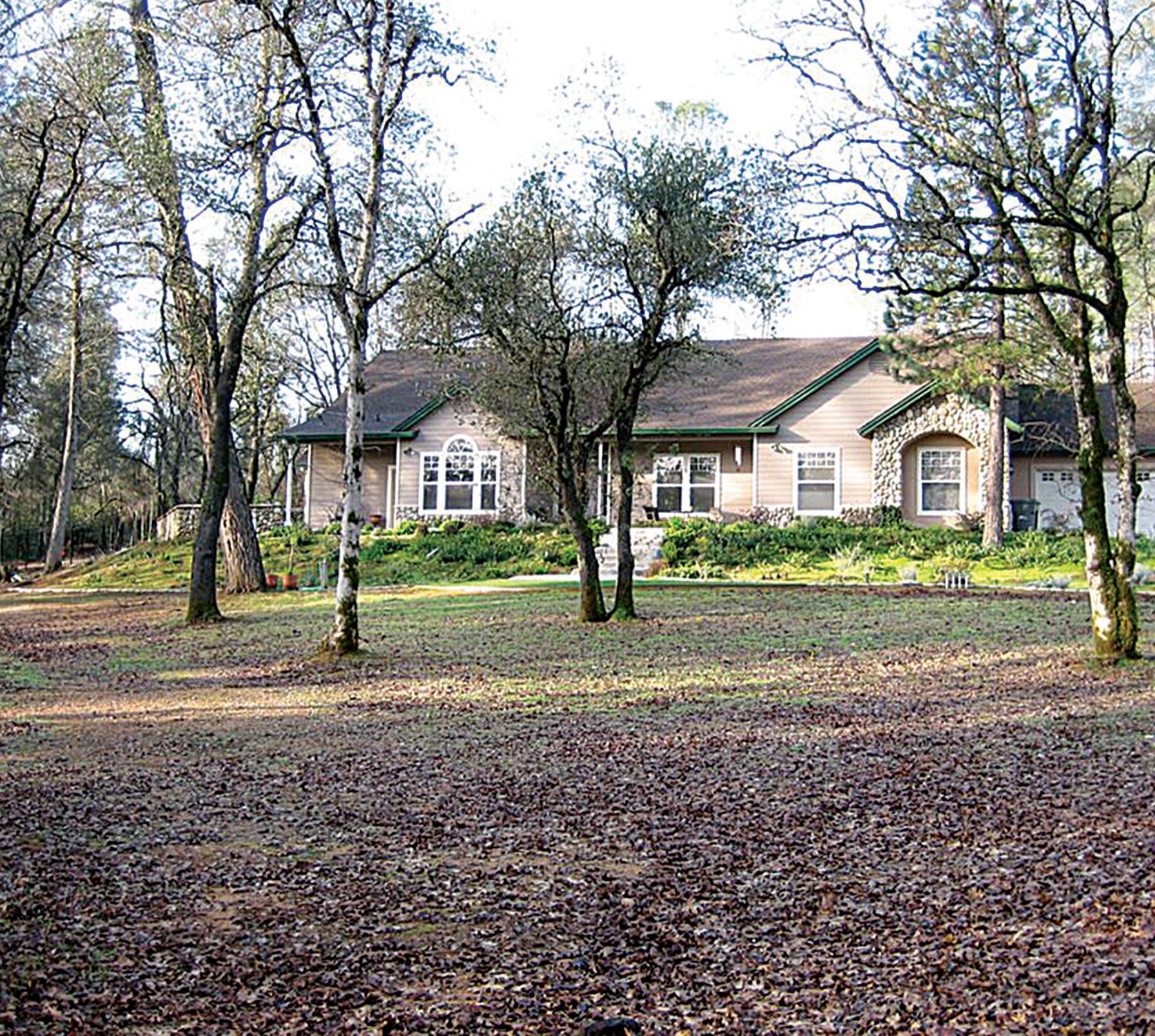
Contact: Tim Kordes
Phone number: (530) 444-0700
Email address: thefsc2019@gmail.com
VOLCANOVILLE FIRE SAFE AND FIREWISE COUNCIL
Contact: Mary Cornelison
Phone number: (530) 333-0359
Email address: mcornelison@edcfiresafe.org
For more information go to edcfiresafe.org.
United States Forest Service
100 Forni Road
Placerville, CA 95667
(530) 622-5061
California Department of Forestry
Amador/El Dorado Headquarters
2840 Mt. Danaher Road
Camino, CA 95709
(530) 644-2345
LOCAL FIRE AGENCIES

Cameron Park
3200 Country Club Drive


Cameron Park, CA 95682

(530) 677-6190
Diamond Springs – El Dorado
501 Main St. PO Box 741
Diamond Springs, CA 95619
(530) 626-3190
El Dorado County Fire Protection District
Administrative Of ce:



P. O. Box 741
4040 Carson Road
Camino, CA 95709
(530) 644-9630
Fire Station Phone Numbers:
Coloma: (530) 622-3441
Cool: (530) 885-1232
Oak Hill: (530) 626-2527




Placerville: (530) 626-2521
Pleasant Valley: (530) 644-9643


Pollock Pines: (530) 644-9640




Shingle Springs: (530) 677-2212
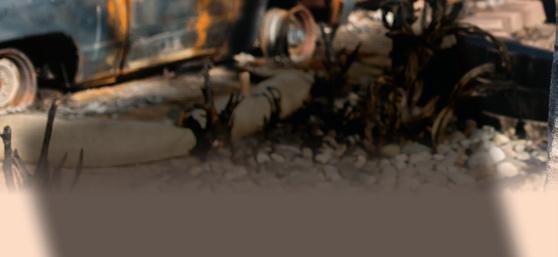
El Dorado Hills
1050 Wilson Blvd.
El Dorado Hills, CA 95762

(916) 933-6623

Fallen Leaf
P. O. Box 9415
South Lake Tahoe, CA 95158
(530) 542-1343

Garden Valley 4860 Marshall Road
P. O. Box 408
Garden Valley, CA 95633 (530) 333-1240

Georgetown 6281 Main St.
P. O. Box 420
Georgetown, CA 95634 (530) 333-4111
Latrobe 7660 South Shingle Road
P. O. Box 178
Shingle Springs, CA 95682


(530) 677-6366
Lake Valley 2211 Keetak St.
South Lake Tahoe, CA 96150
(530) 577-3737
Meeks Bay 8041 Highway 89, Emerald
Bay Road
P. O. Box 189

Tahoma, CA 96142
(530) 525-7548
Mosquito 8801 Rock Creek Road
Placerville, CA 95667
(530) 626-9017
Pioneer 7061 Mt Aukum Road

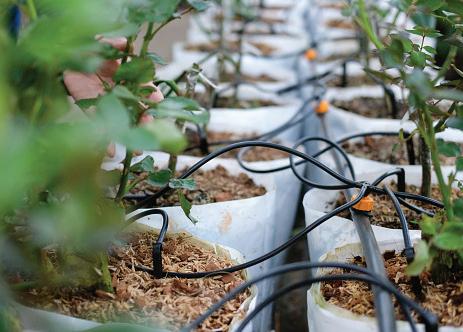

P. O. Box 128
Somerset, CA 95684
(530) 620-4444
Rescue Fire Protection District 5221 Deer Valley Road
P. O. Box 201
Rescue, CA 95672
(530) 677-1868
South Lake Tahoe 2101 Lake Tahoe Blvd.
South Lake Tahoe, CA 96150
(530) 542-6163
When visiting forests and other public lands, it is essential to be aware of how accidental wildfires can start and how they can be prevented. Campfires, chainsaws and other mechanical equipment, dragging trailer chains, cigarettes, fireworks, unshielded mufflers and recreational target shooting can all create sparks that could start a wildfire.
These fi re prevention guidelines will reduce your risk:
Campfi res can turn into dangerous
and costly wildfi res if they are built near vegetation or left unattended.
Always check for fi re restrictions before you leave home to determine if a campfi re is allowed. As fi re danger increases, restrictions will go into effect and campfi res and charcoal barbecues will be prohibited.
When campfi res are allowed, keep them small (no more than 2 feet across). Clear any fuel away at least 5 feet in all directions and down to mineral soil. Use existing fi re rings if possible.
Never leave a campfi re unattended. An adult should always be present.
Before you leave the campsite, make sure your campfi re is completely out. If any heat remains, it’s not safe to leave. Take a shovel and plenty of water to put out your campfi re. Pour
water on it and stir with a shovel. Repeat until your campfi re is cool to the touch.
When dry, windy conditions are expected, use a gas stove instead of making a campfi re.
Campfi res are not allowed in Desolation Wilderness and portions of the Mokelumne Wilderness.
Be sure to have a California Campfi re Permit for campfi res, barbecues, or portable gas stoves on public lands managed by the USDA Forest Service or the Bureau of Land Management (BLM). You can get a permit online at readyforwildfi re. org/permits/campfi re-permit/
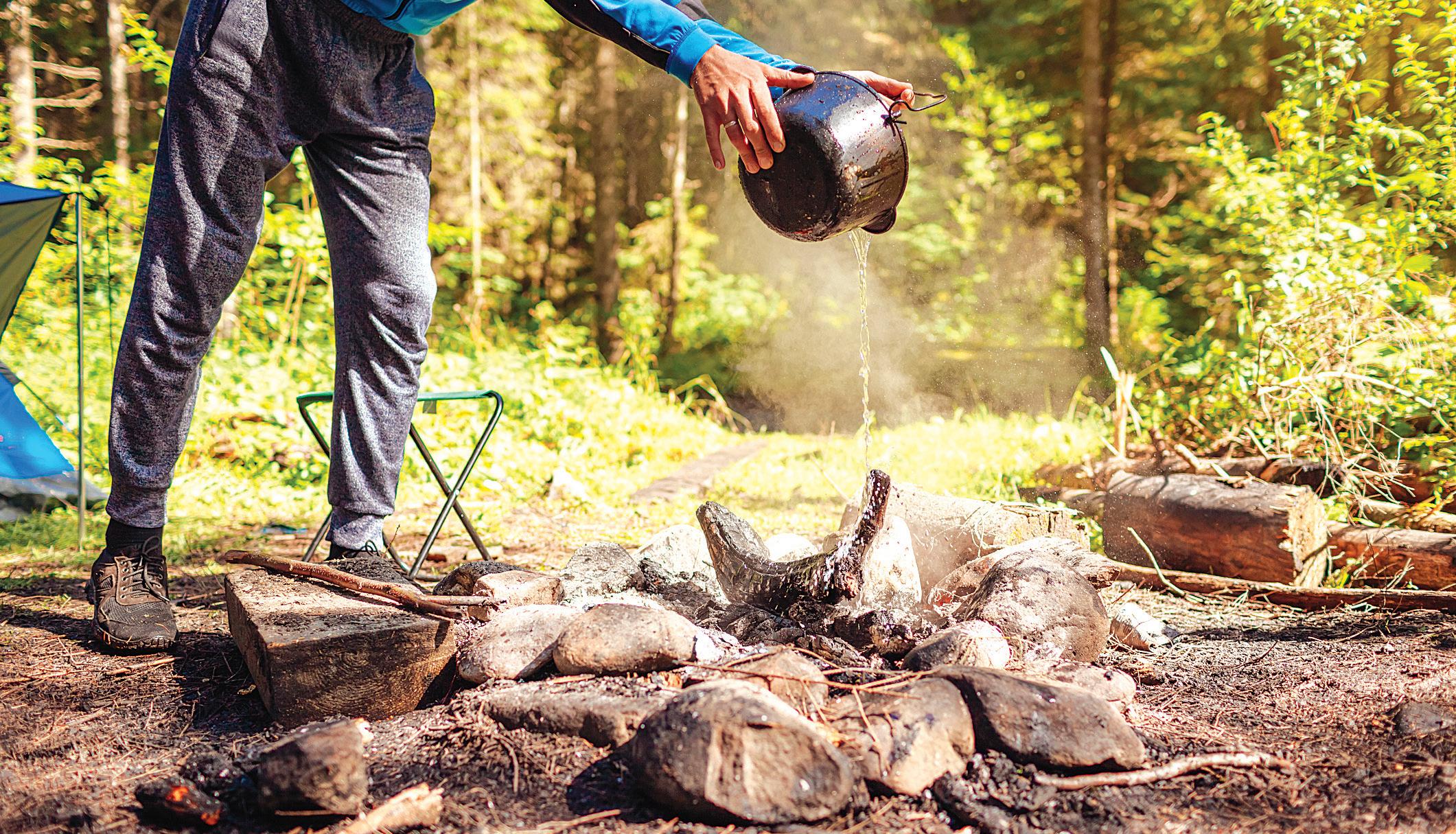
Vehicles dragging chains; vehicles that haven’t been properly maintained; and
vehicles driven off of paved roads, can also start wildfi res.
Vehicle exhaust can reach very high temperatures. Don’t drive, stop or park your vehicle in tall grass, shrubs, or other vegetation where a hot engine, exhaust, or a spark can start a fi re.
Vehicles and tires should be maintained in good working condition. Leaking oil and fuel, driving on exposed wheel rims, problems in the electrical system or overheating can lead to fi res.

Off-highway vehicles and motorcycles should have approved spark arrestors.
Make sure safety chains and other trailer equipment are not dragging. Chains dragging on the road can create sparks that start fi res.
Always carry a fi re extinguisher in your vehicle, as well as plenty of water and a shovel to put out fi res.


Many wildfi res are started from people using equipment such as a chainsaws, grinding or welding tools, and landscaping equipment during dry seasons. For example, a weed-eater blade that strikes a rock can send sparks into dry vegetation and ignite a fi re.
Here are some ways to avoid equipment fi res on or near public lands:
Get an early start. Clear grass and other vegetation before 10 a.m. As it gets later in the day, temperatures
rise and humidity drops increasing the potential for ignition.
Clean and maintain your equipment by keeping exhaust systems and spark arrestors in proper working order and free from carbon build-up. Spark arrestors are required on all portable, gasoline-powered equipment, including chainsaws, weed-eaters and mowers.
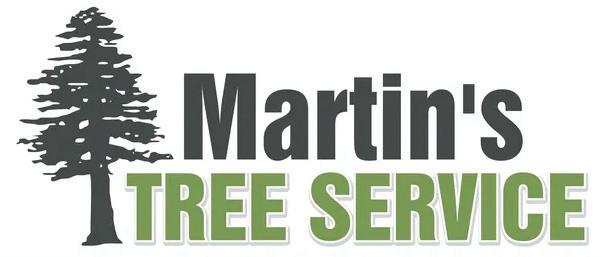
If possible, designate a fi re spotter when operating equipment.
Have a fi re extinguisher, water and a shovel available in case a fi re starts.
Discard cigarette butts in ashtrays or metal cans — do not toss them on the ground. Pour water on them to be sure they are extinguished.
Avoid recreational target shooting on hot, windy days and be sure your target area is free of dry grass, shrubs and other vegetation.
Shooting at metal targets or rocks may throw sparks into dry vegetation. Use paper or clay targets to reduce the risk of sparks.
Tracer bullets, incendiary ammunition and exploding targets are prohibited.

When target shooting, always carry a fi re extinguisher, extra water and a shovel in case a fi re does start.
Clean up your trash and ammunition casings before leaving the area.
Fireworks are prohibited year-round on all national forests and BLM lands in California.
If a wildfi re occurs, there are also hazards after the fi re. When visiting a recently burned area, be aware of the potential for falling trees or mudslides. Trees that are killed or weakened by fi re can fall or drop limbs suddenly especially in windy conditions. When heavy rains are predicted, avoid being in canyons below burned slopes that could be prone to mudslides.

Eldorado National Forest — fs.usda. gov/eldorado or (530) 644-2324
Ask about fi re restrictions and other visitor information.

California Campfi re Permits — ready for wildfi re.org/permits/campfi re-permit/ Get an online campfi re permit for national forests and BLM lands in California.
National Weather Service — Sacramento Region — weather.gov/sto/
Prepare for conditions and fi nd out if a fi re weather warning is in effect.
PG&E urges the public to be sure that your family knows what to do when severe weather, natural disasters or other unexpected events occur. Spend some time today to create an emergency plan.
Storms and other circumstances can sometimes cause outages. During and after such situations, stay away from downed powerlines, flooded areas and downed trees. Keep in mind that floodwater and debris can hide downed powerlines that are energized. Call 911 immediately when you witness a downed powerline. Then, call PG&E at 1-800-743-5000.
For a video on emergency preparedness visit pge.com/emergencypreparedness for a video shot with the Placerville Fire Department and other tips.
Create a plan with all members of your household to make sure everyone can stay safe when emergencies occur. To plan ahead, use the following guidelines:

Prepare two ways to escape your home.
Confi rm your emergency exit locations if you live in an apartment complex.
Avoid using on or off switches, appliances, electronics or phones during an evacuation.
Keep your pets in mind when planning for emergencies.
Establish a location where your family can reunite after evacuating.
Practice your emergency plan several times.
Review your plan with everyone in your household every three to six months.
Conduct a safety check around your home. When evaluating, use the following guidelines:
Know when and how to turn off your electricity and gas at the main switch and valves.
Locate fi re extinguishers and learn how to use them before they are needed.
Learn how to open your garage door manually.
Install smoke alarms throughout your home.
Ensure that your standby generator is working properly.
Get your installer’s emergency phone number if you use rooftop solar panels.
Watch 7 Saturdays to a More Fire-Resistant HomeOpens in new Window. to learn ways to protect your home from wildfi res. Access resources to help you prepare for unexpected situations
To help customers stay safe, PG&E offers additional information and best practices for emergencies.
Create an emergency supply kit
Stock up on enough supplies to last a week. Put the items in waterproof containers and store them in a place that’s easy to reach. Learn more on how to prepare the emergency kit.
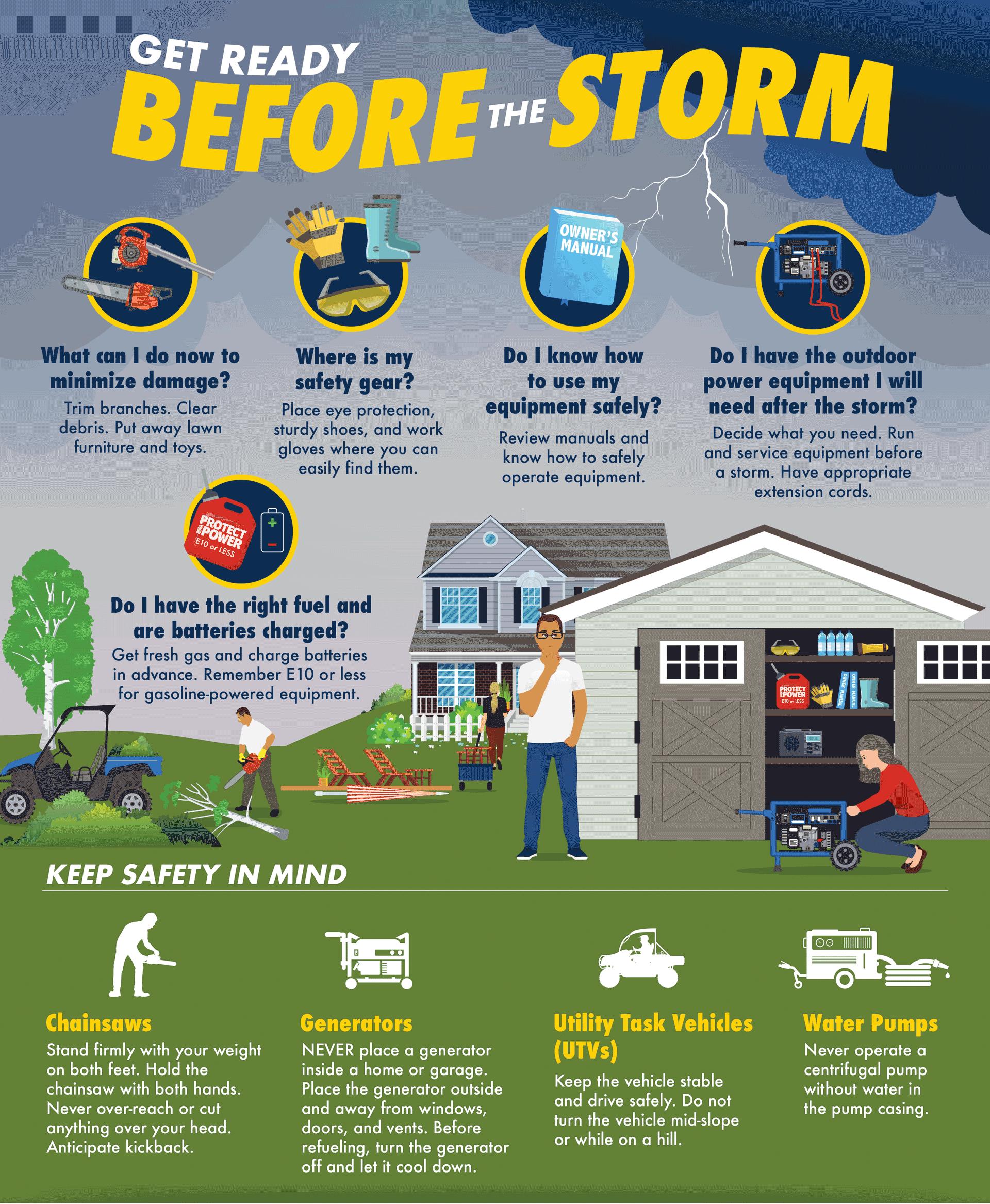





Every member of your family should know what he or she needs to take when you evacuate. You also need to prepare supplies foryour pet. Stock up on nonperishables well ahead of time, add perishable items at the last minute and have everything readyto go at a moment’s notice. Keep everything accessible, stored in sturdy containers (duffel bags, covered trash containers, etc.) that can be carried easily.
In your disaster kit, you should include:
¨ Medications and medical records stored in a waterproof container and a fi rst aid kit. A pet fi rst aid book also is good to include.
¨ Sturdy leashes, harnesses and carriers to transport pets safely and to ensure that your pets can’t escape. Carriers should be large enough for
the animal to stand comfortably, turn around, and lie down. Your pet may have to stay in the carrier for hours at a time while you have taken shelter away from home.

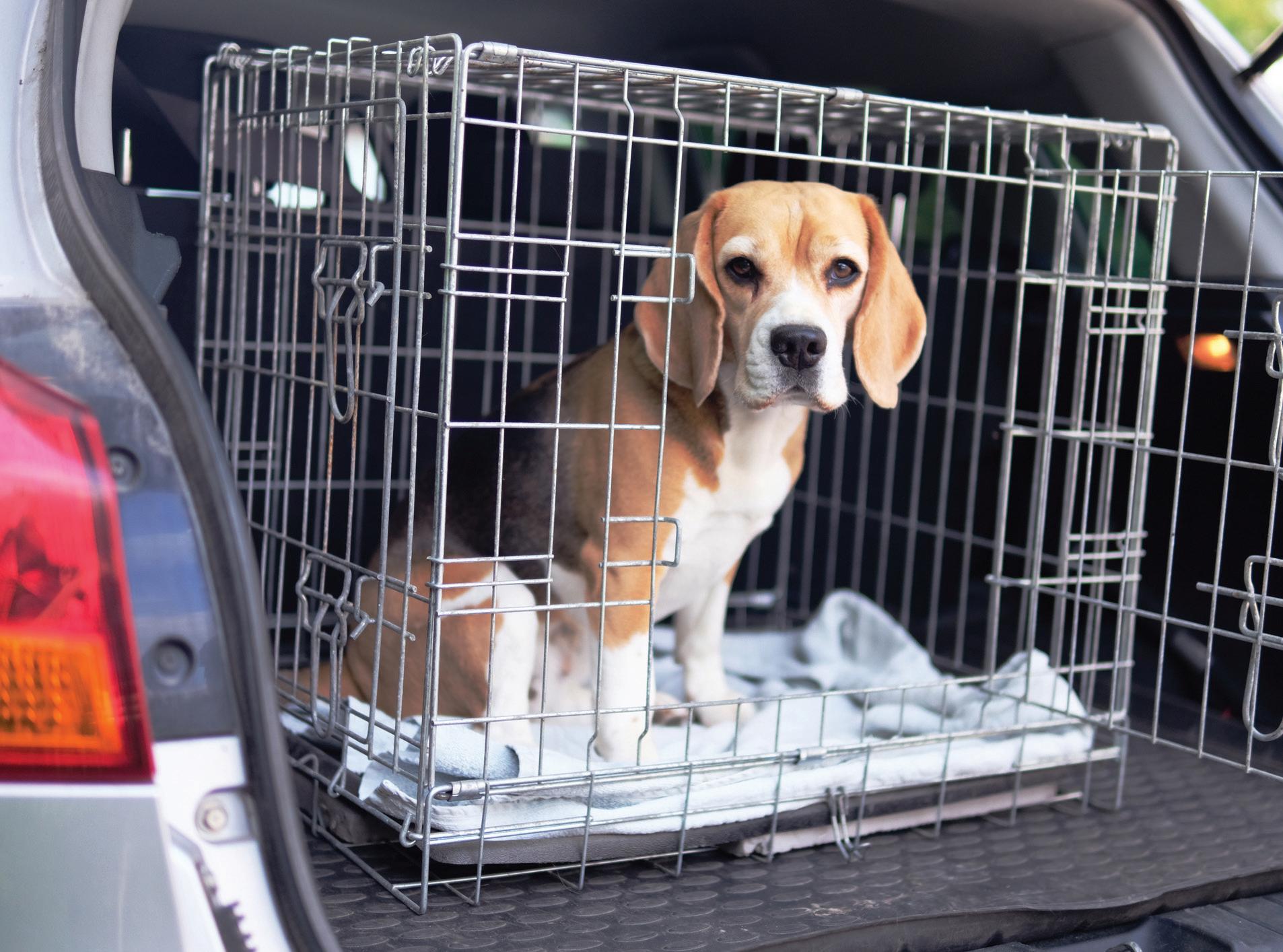
¨ Current photos and descriptions of your pets to help others identify them in case you and your pets become separated and to prove that
they are yours.
¨ Food and water for at least three days for each pet, bowls, cat litter and litter box and a manual can opener.
¨ Pet beds and toys, if you can easily take them, to reduce stress.
Don’t wait until the last minute to get ready. Warnings of disasters may be issued hours, or even days, in advance.
¨ Call to confi rm emergency shelter arrangements for you and your pets.
¨ Bring pets into the house and confi ne them so you can leave with them quickly if necessary. Make sure each pet and pet carrier has up-to-date identification and contact information. Include information about your temporary shelter location.
¨ Make sure your disaster supplies are ready to go, including your pet disaster kit.
An evacuation order may come or a disaster may strike, when you’re at work or out of the house.
¨ Make arrangements well in advance for a trusted neighbor to take your pets and meet you at a specified location. Be sure that the person is comfortable with your pets, knows where your animals are likely to be, knows where your disaster supplies are kept and has a key to your home.
¨ If you use a pet-sitting service, it may be able to help, but discuss the possibility well in advance.
The single most important thing you can do to protect your pets if you evacuate is to take them with you. If it’s not safe for you to stay in the disaster area, it’s not safe for your pets. Animals left behind in a disaster can easily be injured, lost or killed.
Animals left inside your home can escape through storm-damaged areas, such as broken windows. Animals turned loose to fend for themselves are likely to become victims of exposure, starvation, predators, contaminated food or water, or accidents. Leaving dogs tied or chained outside in a disaster is a death sentence.
¨ If you leave, even if you think you may be gone only for a few hours, take your animals. Once you leave your home, you have no way of knowing how long you’ll be kept
out of the area and you may not be able to go back for your pets.
¨ Leave early — don’t wait for a mandatory evacuation order. An unnecessary trip is far better than waiting too long to leave safely with your pets. If you wait to be evacuated by emergency officials, you may be told to leave your pets behind.
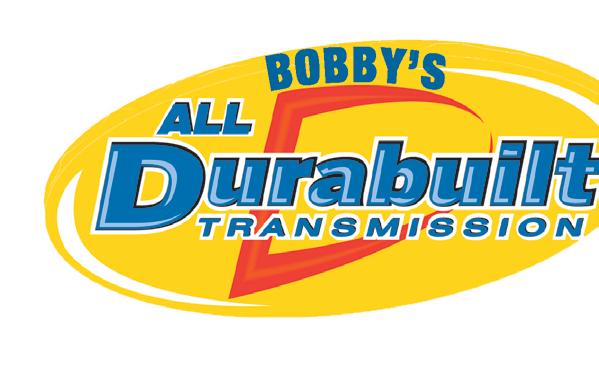
Your pets should be wearing up-todate identification at all times. It’s a good idea to include the phone number of a friend or relative outside your immediate area. If your pet is lost you want to provide a number on the tag that will be answered even if you’re out of your home.
Because evacuation shelters generally don’t accept pets, except for service animals, you must plan ahead to ensure that your family and pets will have a safe place to stay. Don’t wait until disaster strikes to do your research.
¨ Contact hotels and motels outside your immediate area to check policies on accepting pets. Ask about any restrictions on number, size and species. Ask if “no pet” policies would be waived in an emergency. Make a list of pet-friendly places and keep it handy. Call ahead for a reservation as soon as you think you might have to leave your home.
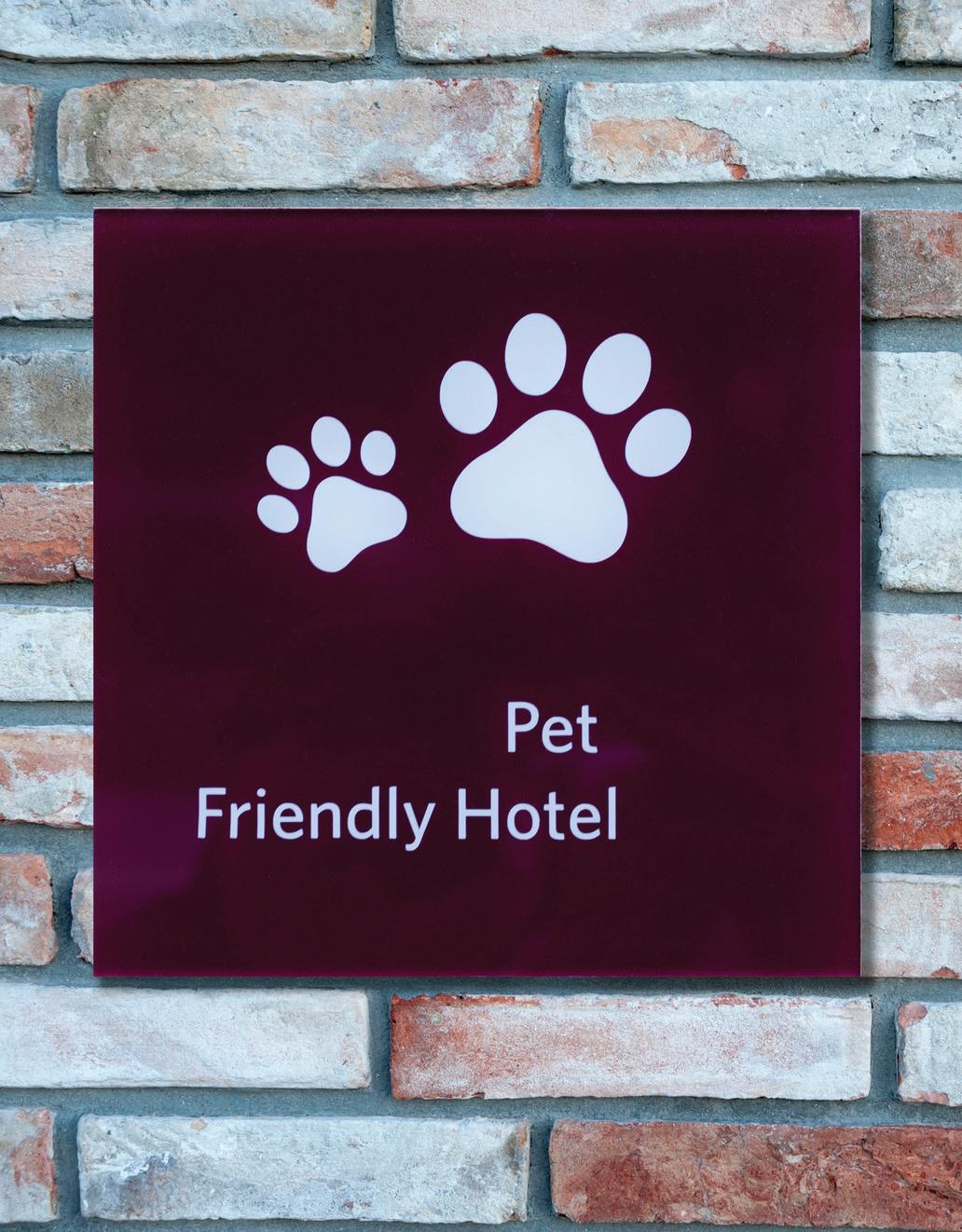
¨ Check with friends, relatives or others outside your immediate



area. Ask if they would be able to shelter you and your animals or just your animals, if necessary. If you have more than one pet, you may have to be prepared to house them separately.
¨ Make a list of boarding facilities and veterinary offices that might be able to shelter animals in emergencies; include 24-hour telephone numbers.
¨ Ask your local animal shelter if it provides foster care or shelter for pets in an emergency. This should be your last resort, as shelters have limited resources and are likely to be stretched to their limits during an emergency.
During an emergency, the time you have to evacuate your horses will be limited. With an effective emergency plan, you may have enough time to move your horses to safety. If you are unprepared or wait until the last minute to evacuate, you could be told by emergency management officials that you must leave your horses behind. Once you leave your property, you have no way of knowing how long you will be kept out of the area. If left behind your horses could be unattended for days without care, food or water. To help you avoid this situation, we have prepared information and suggestions to help you plan for emergencies.
Make arrangements in advance to have your horse trailered in case of an emergency. If you do not have your own trailer or do not have enough trailer space for all of your horses, be sure you have several people on standby to help evacuate your horses.

Know where you can take your horses in an emergency evacuation. Make arrangements with a friend or another horse owner to stable your horses if needed.
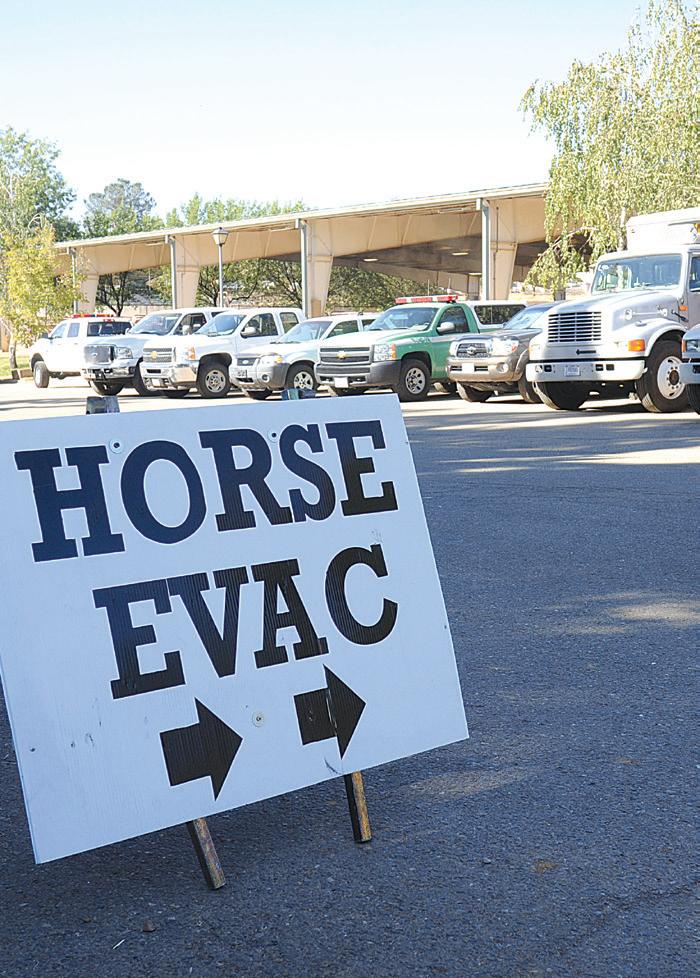
Place your horses’ Coggins tests, veterinary papers, identification photographs and vital information — such as medical history, allergies and emergency telephone numbers (veterinarian, family members, etc.) — in a watertight envelope. Store the envelope with your other important papers in
a safe place that can be quickly reached.
Keep halters ready for your horses. Each halter should include the following information: the horse’s name, your name, your telephone number and another emergency telephone number where someone can be reached.






Prepare a basic fi rst aid kit that is portable and easily accessible. Be sure to have on hand a supply of water, hay, feed and medications for several days for each horse you are evacuating. There may be times when taking your horses with you is impossible during an emergency. So you must consider different types of disasters and whether your horses would be better off in a barn or loose in a field.

Disaster preparedness is important for all animals, but it is particularly important for livestock because of the animals’ size and the requirements needed to shelter or transport them. It is imperative that you be prepared to protect your livestock, whether by evacuating or by sheltering in place.
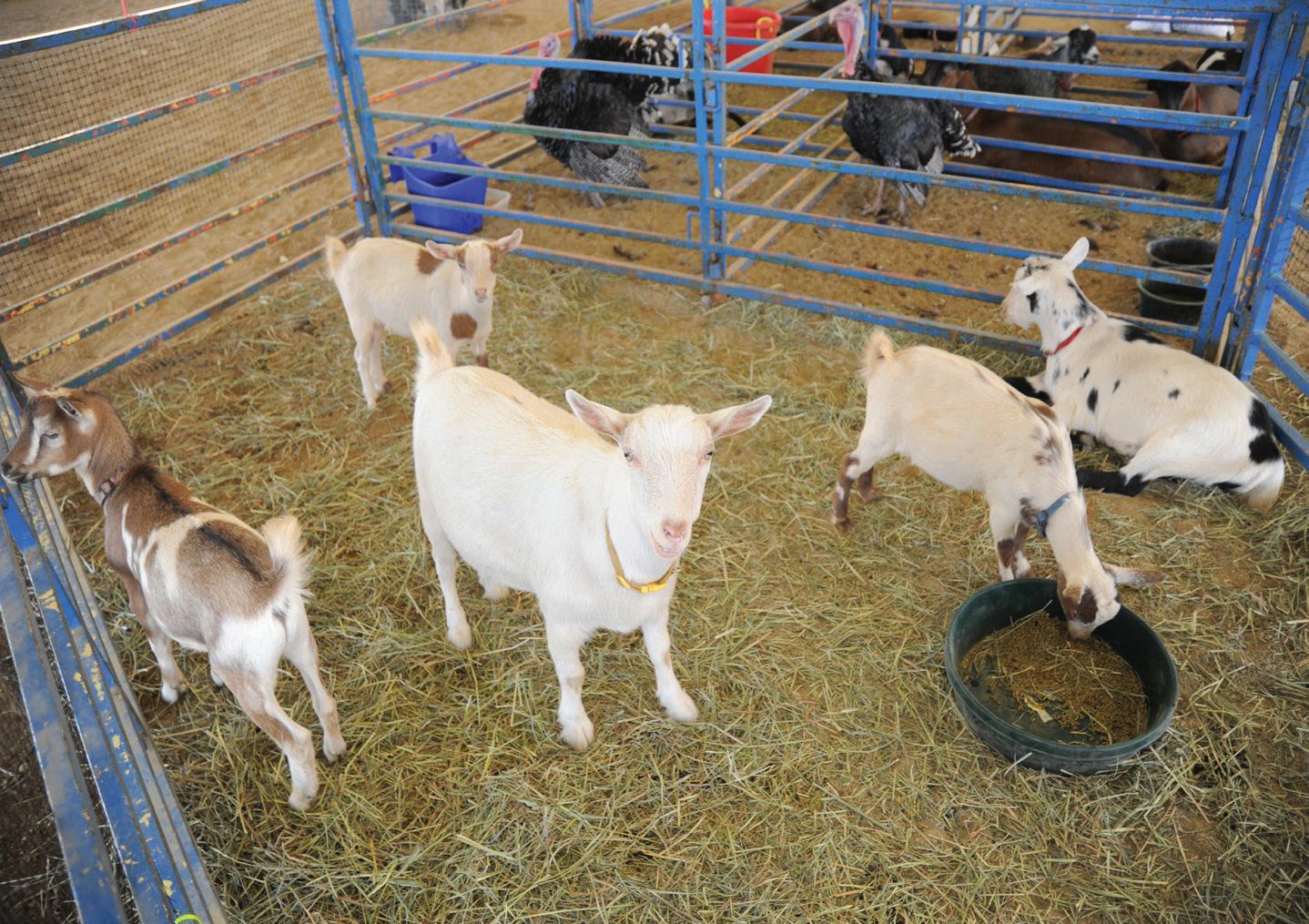
The leading causes of death of large animals in high wind events are collapsed barns, dehydration, electrocution and accidents resulting from fencing failure. If you own farm animals, you should take precautions to protect them from these hazards, no matter what the disaster potential for your area.
p Evacuate animals as soon as possible. Be ready to leave once the evacuation is ordered. Remember: Even a fi re truck fully loaded with water is considered “out of service” in winds exceeding 40 mph. If there are already high winds, it may not be possible to evacuate safely.
p Arrange for a place to shelter your animals. Plan ahead and work within your community to establish safe shelters for farm animals. Potential facilities include fairgrounds, other farms, racetracks, humane societies, convention centers and any other safe and appropriate facilities you can fi nd. Survey your community and potential host communities along your planned evacuation route.
p Contact your local emergency management authority and become familiar with at least two possible evacuation routes well in advance.
p Set up safe transportation. Trucks, trailers and other vehicles suitable for transporting livestock
(appropriate for transporting each specific type of animal) should be available, along with experienced handlers and drivers.
p Take all your disaster supplies with you or make sure they will be available at your evacuation site. You should have or be able to readily obtain feed, water, veterinary supplies, handling equipment, tools and generators if necessary.
p If your animals are sheltered off your property, make sure that they remain in the groupings they are used to. Also, be sure they are securely contained and sheltered from the elements if necessary, whether in cages, fenced-in areas or buildings.
If evacuation is not possible, a decision must be made whether to confi ne large animals to an available shelter on your farm or leave them out in pastures. Owners may believe that their animals are safer inside barns, but in many circumstances, confi nement takes away the animals’ ability to protect themselves. This decision should be based on the type of disaster and the soundness and location of the sheltering building.
Survey your property for the best location for animal sheltering. If your pasture area meets the following criteria, your large animals may be better off out in the pasture than being evacuated:
p No exotic (nonnative) trees, which uproot easily
p No overhead power lines or poles
p No debris or sources of blowing debris
p No barbed-wire fencing (wovenwire fencing is best)
p Not less than one acre in size (if less than an acre, your livestock may not be able to avoid blowing debris).
If your pasture area does not meet these criteria, you should evacuate. Whether you evacuate or shelter in place, make sure that you have adequate and safe fencing or pens to separate and group animals appropriately.
Work with your state department of agriculture and county extension service. If your animals cannot be evacuated, these agencies may be able to provide on-farm oversight. Contact them well in advance to learn their capabilities and the most effective communication procedure.
Lack of adequate food and water
Dirty clothing and changes in personal hygiene
Unusually messy home
Lack of medical aids or medication
Basic needs not being met
Bills not paid
New credit cards and increased cash withdrawals
Unusual purchases by caregiver
Bruises, black eyes, welts
Broken bones, cuts, sprains
Sudden change in behavior
Caregiver refusal to leave elder or dependent adult alone

Threatening significant physical harm

Derogatory or inappropriate names, insults, profanity, or ridicule
Harassment, coercion, intimidation, humiliation
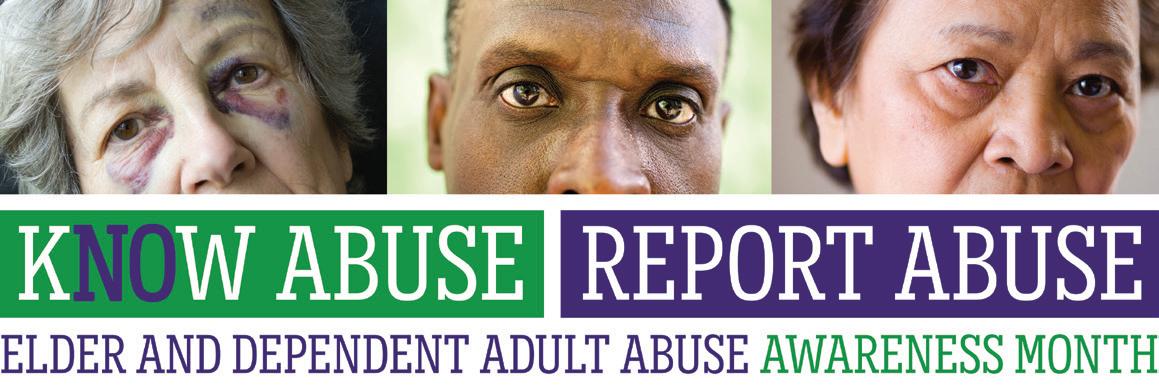
Unusual bruising on thighs and chest
Unexplained sexually transmitted diseases
Unusual stains on clothing or sheets
Withdrawn from social interactions / panic attacks
Preventing barn fires and being prepared in the event of a fire can mean the difference between life and death foryour horses and livestock. Knowledge ofthe danger offires and how to deal with them are of the greatest importance and should be an ongoing concern to horse and livestock owners.
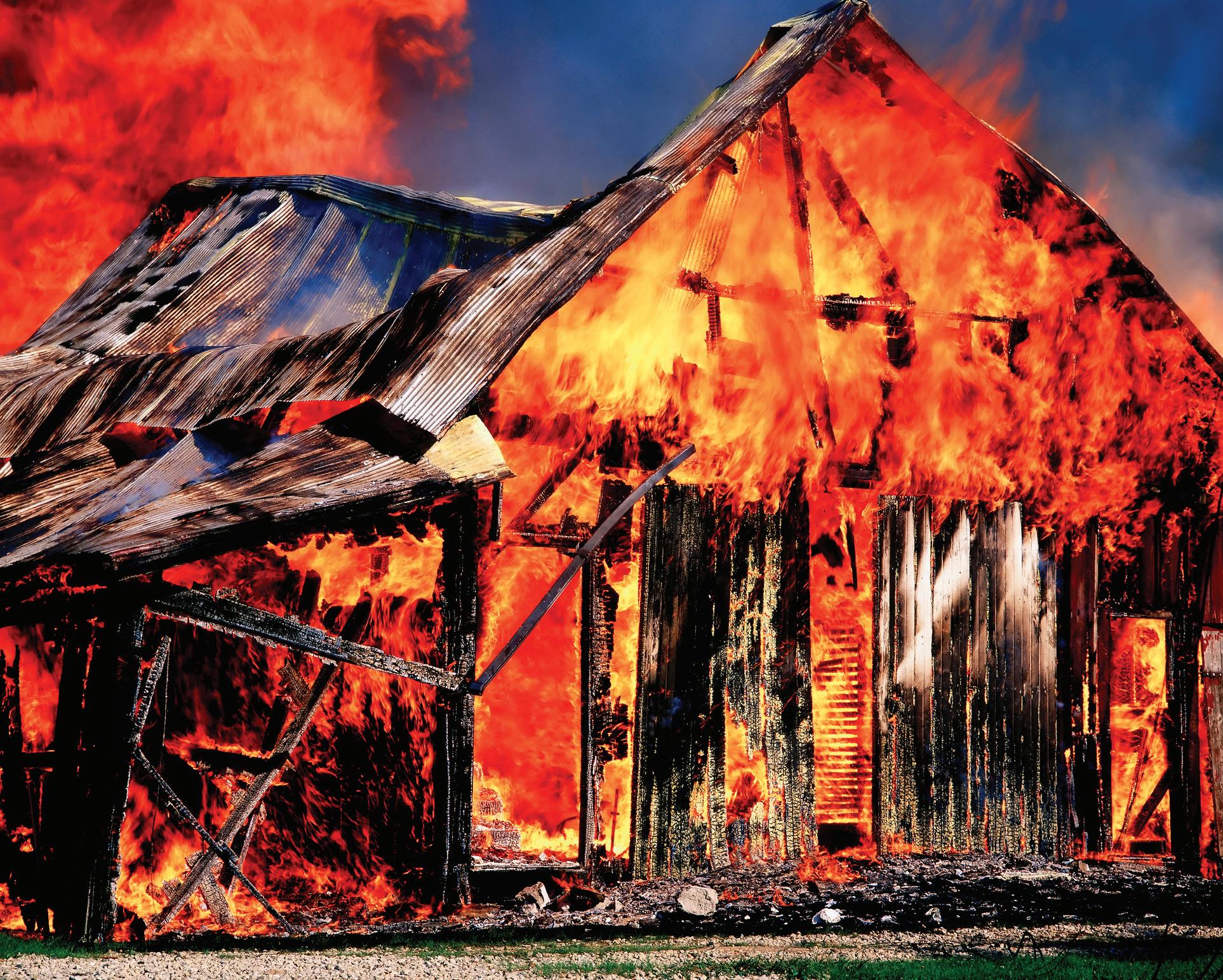
Prohibit smoking in or around the barn. A discarded cigarette can ignite dry bedding or hay in seconds.
Avoid parking tractors and vehicles in or near the barn. Engine heat and backfi res can spark a flame. Also store other machinery and flammable materials outside of the barn.
Inspect electrical systems regularly and immediately correct any problems. Rodents can chew on electrical wiring and cause damage that quickly becomes a fi re hazard.
Keep appliances to a minimum in the barn. Use stall fans, space heaters and radios only when someone is in the barn.
Be sure hay is dry before storing it. Hay that is too moist may spontaneously combust.
Keep aisles, stall doors and barn doors free of debris and equipment.
Mount fi re extinguishers around the stable, especially at all entrances.
Have a planned evacuation route for every stall in the barn. Familiarize your family and any employees with evacuation plans.
Post emergency telephone numbers at each telephone and at each entrance. Emergency telephone numbers should include those of the veterinarian, emergency response personnel and any qualified handlers. Also keep your barn’s street address clearly posted to relay to the 911 operator or your community’s emergency services.
Be sure your address and the entrance to your property are clearly visible from the main road.
Consider installing smoke alarms and heat detectors throughout the barn. New heat sensors can detect rapidly changing temperatures in your barn. The heat sensors should be hooked up to sirens that will quickly alert you and your neighbors to a possible barn fi re.
Familiarize your animals with emergency procedures and common activities they would encounter during a disaster. Try to desensitize
them to flashlights and flashing lights.
Immediately call 911 or your local emergency services. Keep that number clearly posted.
Do not enter the barn if it is already engulfed in flames.
If it is safe for you to enter the barn, evacuate animals one at a time starting with the most accessible ones.
Move animals quickly to a fenced area far enough from the fi re and smoke. Never let animals loose in an area where they are able to return to the barn.
After the fi re, be sure to have all your animals checked by a veterinarian. Smoke inhalation can cause serious lung damage and respiratory complications. Horses are prone to stress and may colic after a fi re.
 STORY BY: Wendy Oaks, CalFire Public Information Officer
STORY BY: Wendy Oaks, CalFire Public Information Officer
Preparing for disasters and emergencies is crucial in minimizing fear, anxiety and losses associated with such events. By taking a proactive approach, being prepared, and regularly practicing your emergency plan, you can significantly reduce the impact of unforeseen circumstances.
A key element in safeguarding your family’s safety is the ability to evacuate swiftly and early when faced with an emergency. Ensure that you have an emergency supply kit ready for both your family and pets, establish a comprehensive family communication plan, familiarize yourself with your community’s evacuation routes and practice driving the evacuation routes to become familiar with them.
Having an emergency supply kit — also called a go bag — stocked and ready is an important step in being able to leave at a moment’s notice. Many of the items included in a kit are things you already have at home and simply need to be gathered into one bag or backpack. Below is a list of essential items to include in your emergency supply kit so that you have the necessary items ready if you must
evacuate. Backpacks work great for storing these items (except food and water) and are quick to grab. Storing food and water in a tub or chest on wheels will make it easier to transport.
First Aid Kit
Three-day supply of non-perishable food and three gallons of water per person

Battery-powered portable radio and extra batteries
Flashlight and extra batteries
Can opener
Lighter
Lantern
Essential toiletries (toilet paper, feminine products, toothbrush/ toothpaste, shampoo/conditioner, bar soap, deodorant, hairbrush, razor)
Hand sanitizer and hand wipes
Prescriptions or special medications
Copies of important documents (passports, birth certificates, social
security card, credit card/cash, emergency contact list, driver’s license, medical card, insurance card)

Blanket
Change of clothing. Pack for hot, cold, or rainy weather
Extra eyeglasses or contact lenses
Map marked with at least two evacuation routes
Cell phone and chargers
N95, antimicrobial/fi lter mask, bandana, or cotton t-shirt to help fi lter the air
Don’t leave the house without your phone and car keys
As you put together your emergency preparedness kit, remember to prepare a kit for your pets and livestock, too. This ensures the entire family is taken care of during an emergency. For items to include in a livestock and animal evacuation kit, visit ReadyforWildfi re.org.

Having a family communication plan is also vital in times of disasters. Preparing ahead of time ensures that every member of your household — including children, individuals with disabilities and those with specific needs — knows how to connect with one another and where to gather during emergencies. Your plan should cover key aspects such as the designated meeting point in case of evacuation, an emergency contact person residing outside your area along with their contact details, important local numbers (e.g., fi re department, police), and two evacuation routes from your home. Keep the plan in a readily accessible location for everyone in the household and maintain a copy in your emergency supply kit. In situations where regular phone calls may not go through, sending a text message using a mobile phone could be more effective. Text messages require less bandwidth than phone calls and have the advantage of automatically saving and sending once network capacity becomes available.
Taking these proactive measures will greatly enhance your preparedness and resilience in the face of any potential disaster. For additional tips and ways to prepare for an emergency visit Emergency Supply Kit — Ready for Wildfire.
Additional wildfi re preparedness resources and information
fi re.ca.gov
Information specific to California wildfi res, including incident updates, alerts, and preparedness.
readyforwildfi re.org/
Comprehensive information and tips on wildfi re preparedness.
fi re.ca.gov/dspace
Information specific to defensible space.
edcfi resafe.org
El Dorado County Fire Safe Council.
amadorfi resafe.org
Amador County Fire Safe Council.
cafi resafecouncil.org/
Information about Fire Safe Councils.

nfpa.org/

National Fire Protection Association. Offers wildfi re safety resources and guidelines.
ready.gov/wildfi res
Information on wildfi re preparedness.
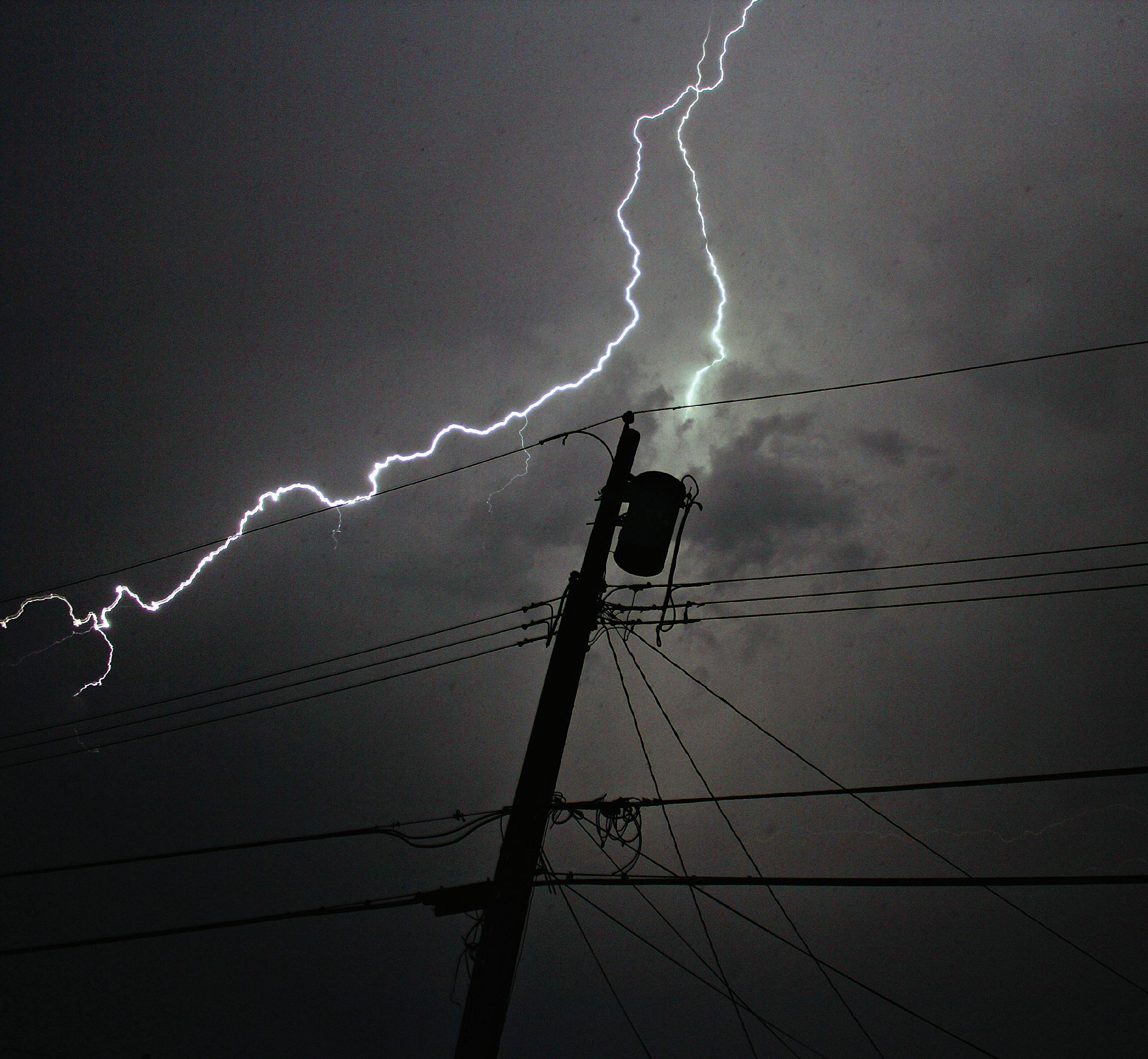 STORY BY: Pioneer Community Energy
STORY BY: Pioneer Community Energy

Power outages happen from storms, wildlife orvegetation contact with power lines, car versus pole accidents, fires, winds, mudslides, tennis shoes and mylar balloons just to name a few. Some outages are planned and noticed, giving residents and businesses time to prepare. Other sudden events can leave an entire community in the dark.
The best defense against a power outage is to always be prepared no matter the time of year or weather. When a power outage occurs, report it or check for current information on the outage at pge.com/outagealerts. If internet is not available call (800) 743-5000. Residents and businesses can also sign up to receive outage information automatically.
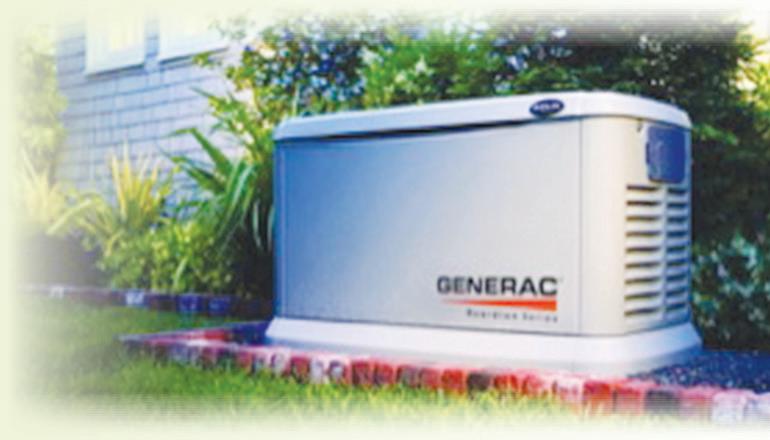

Being prepared for power outages means thinking ahead and planning for what you need to make it through hours and possibly days without power. Give good thought to not only
personal and family member needs, but also to the needs of pets and livestock. Livestock need water; pets need food; aquarium fi sh need fi ltration and aeration; reptiles and birds may need heat. This quick check list provides a


good starting point for preparing for a power outage. Have on hand:
Drinking water — be sure to have enough for everyone in the house, the pets and ensure water available for any livestock

Extra water for household needs if the house is on a well — flushing toilets, washing hands, etc.
Non-perishable food for yourself, pets, livestock
Critical medications
Flashlights — be sure they work before an emergency by testing them regularly
Radio with battery power
Extra batteries for lights, radios, phones, lanterns and other critical equipment
Vehicles with full tank of gas or full electric charge
Cash — when the power goes down, ATMs and credit card machines can be affected
This list is by no means complete, so be sure to visit El Dorado County’s Office of Emergency Services (OES) page for more information and to sign up for El Dorado County’s “CodeRed” alert notification system. The California Office of Emergency Services also has extensive emergency preparedness information.
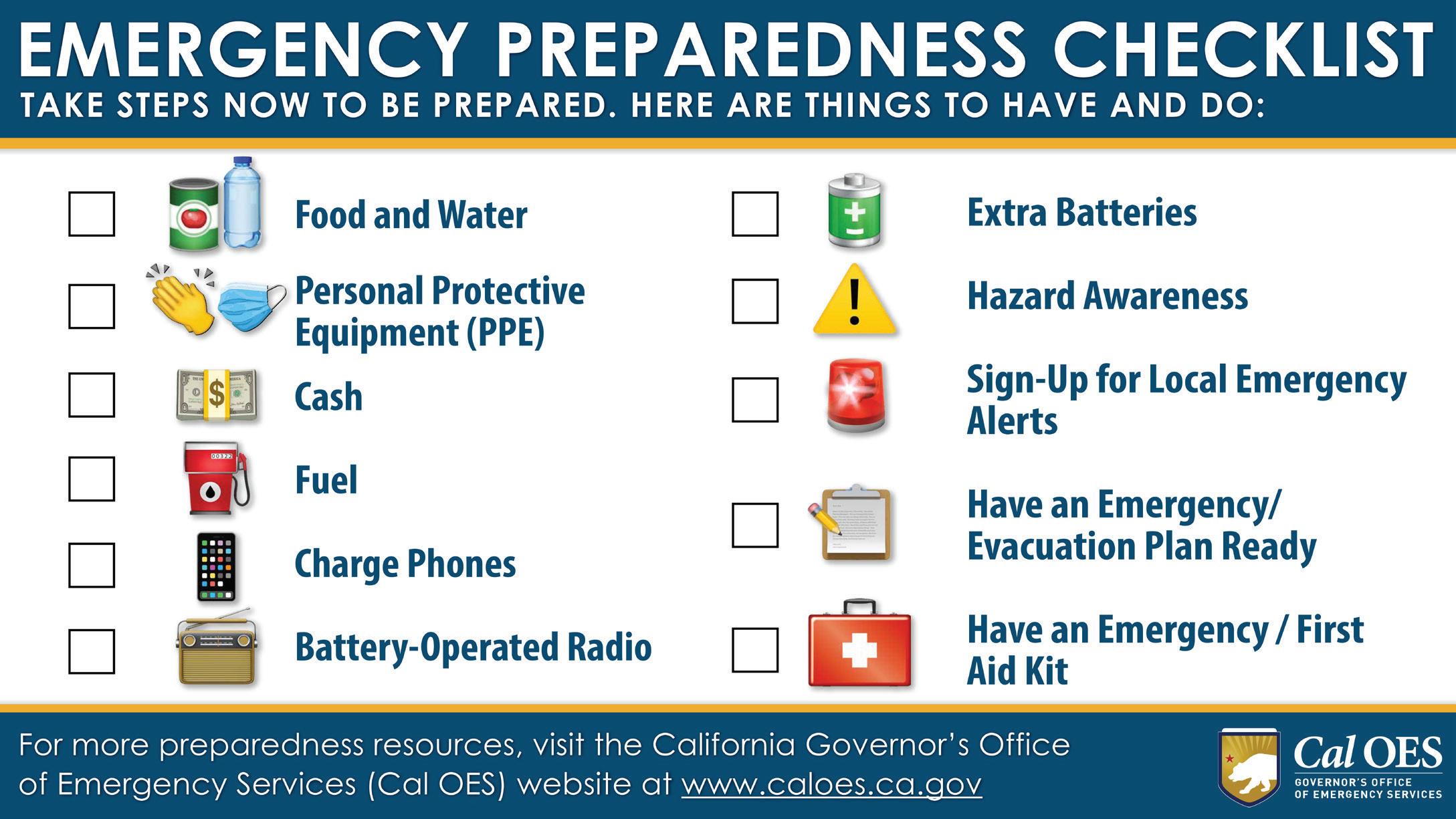

Having a back-up generator for homes and businesses or portable power stations can help a household or business survive an outage. When adding battery or generator back up, take the following steps to ensure your safety and the safety of any powerline workers who are working to restore power. These steps include but are not limited to:
Ensure the battery system you choose matches your
critical electrical needs
Follow the manufacturer’s guidelines for operation and installation
Use a licensed, qualified professional for installation of stand-by and permanent generation to ensure safety and code compliance
Keep power stations charged and ready to use, using the manufacturer’s recommended charging protocols Links to additional resources and preparing for outages like public safety power shutoffs and enhanced powerline safety system outages can be found at pioneercommunityenergy.org/understanding-outages.
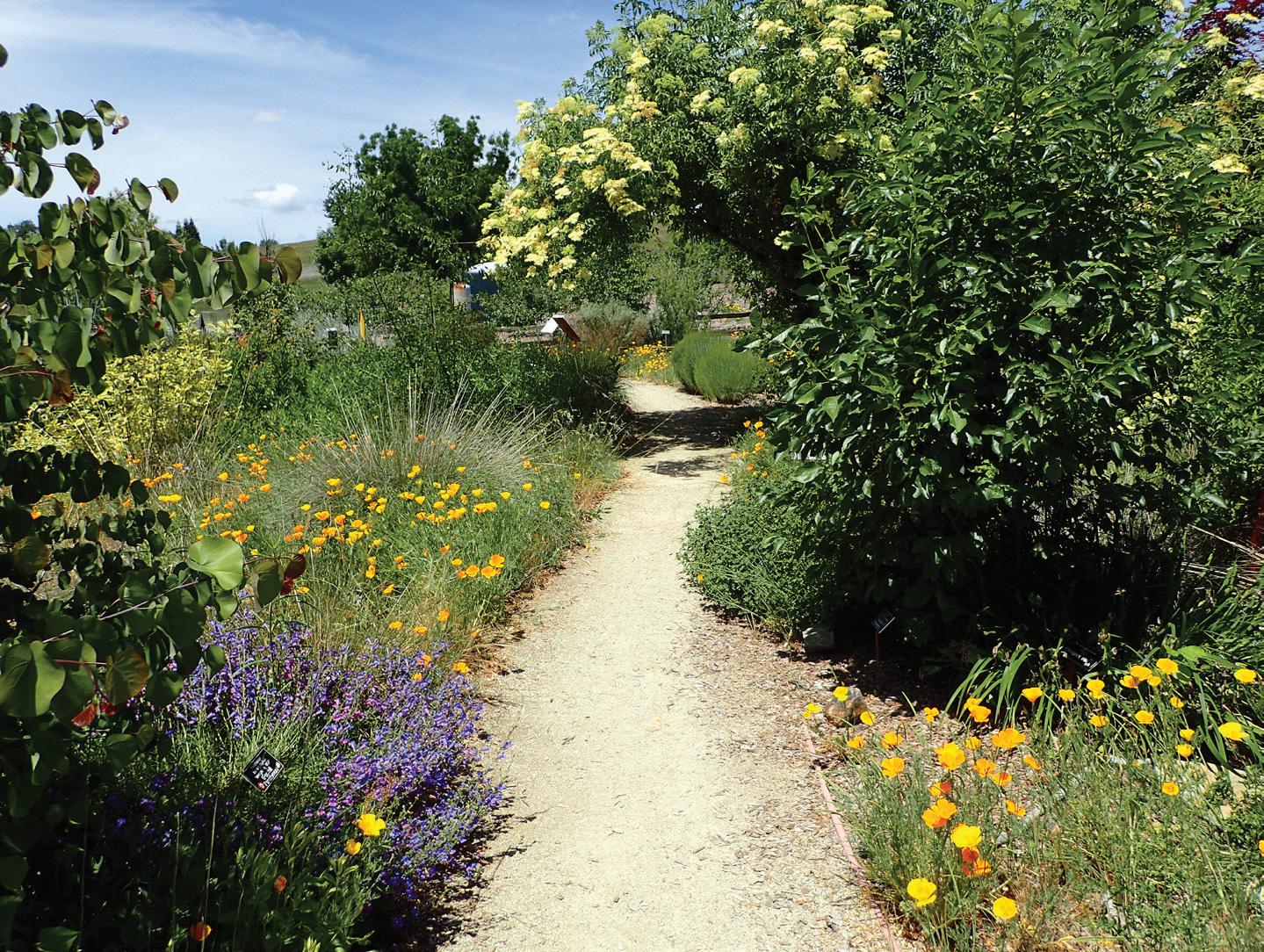 STORY BY: Kit Veerkamp, El Dorado County UCCE Master Gardener
STORY BY: Kit Veerkamp, El Dorado County UCCE Master Gardener
Record wildfires. Record drought. Record summer temperatures.

While the causes are multi-faceted, climate change is making things worse. Climate change is causing things to get more extreme. This is our new reality that is still difficult to wrap our heads around. The problem with climate change is that the extremes get more extreme. What is a gardenerto do?
No matter where you live in El Dorado County, we are faced with the constraints of defensible space standards and water restrictions. For most gardeners, the design of a garden usually starts with a vision, then working to realize that vision within all kinds of constraints. If we want our gardens to thrive, not just barely survive, we must prioritize function, then get creative with making it look good.
Although snowpack is deep and lakes and reservoirs are full this year, we are constantly faced with serious droughts that affect everybody. So, we’ll start with water-resiliency. The


most effective way is to plant water-efficient plants. This includes a wide variety of natives, which are a multifunctional choice. In any case, native plants use less water on your landscaping. They not only use less water but are generally more fi re-resistant and support a wider variety of pollinators and beneficial insects that help control plant pests.

Another strategy is to capture
rainwater on your property through everything from cisterns to bioswales, the goal being to waste less rain running to the storm drains. The storm drains generally drain into creeks. Prior to settlement, most of our creeks were ephemeral, only running after storms. Now they’re perennial, often carrying urban waste, eroding deep channels into canyon bottoms, and allowing weeds to outcompete natives.

Capturing more rain on our properties helps decrease canyon erosion and weeds in the canyons and increases the amount of water available for your garden.
On another note, wildlife and native plants are integrally connected. They have evolved together. Planting natives like deep-rooted oaks, wild cherries, toyons and coffeeberry provide both shelter and food for birds and other animals. If you’ve got a perennially wet spot, you can even plant a willow or other water-loving species.
Finally, the threat of wildfi re is a major consideration. Of concern are the non-wind-driven wildfi res (which is about 99 percent of all fi res), and the wind-driven kind, which is the 1 percent that causes about 90 percent of the home losses. Thousands of ordinary wildfi res occur every year, and relatively few houses statewide are lost from them. In windy conditions, the primary threat to homes is from fl ying embers that can blow in from miles away.
Cal Fire Defensible Space standards and the county’s Vegetation Management Ordinance spell out standards for an area of a minimum 100-foot perimeter around your home and other structures to increase the chance of your home surviving a wildfi re. The Department of Forestry and Cal Fire recommend no vegetation within a 5-foot area immediately adjacent to a house, including decks and outbuildings.

Overall, aim to have approximately 50 percent vegetation coverage which means the plants are patchily spaced so that half the area is open area, half is vegetated. Remove any dead or dying plants. From 5-30 feet out, avoid woody plants and keep plants spaced so that it’s hard for them to catch another plant or building on fi re. Keep the canopies of trees at least 10 feet from structures and prune understory shrubs under trees to one-third of the distance from the lowest branches. In this area, it is recommended that lightly irrigating every three to four weeks helps to keep plants hydrated sufficiently to help them resist fi re.
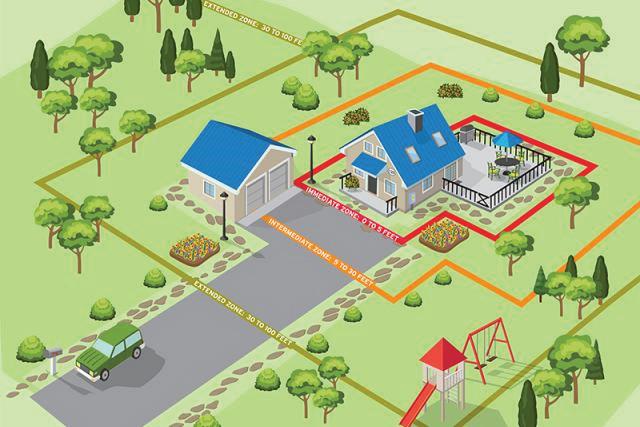
From 30-100 feet out from your home, keep pruning trees up and separate the canopies trees in this
area from those closer to the home by at least 20 feet to prevent a fi re from moving through the canopy. If you have wildlands on your property, instead of clearing brush every year, weed and prune to thin. Prune trees up and shrubs down and apart and weed out the annual grasses and non-native forbs that make extremely good tinder. Clearing down to the dirt creates erosion and weed problems. Too many big plants are a fi re hazard. Fortunately, many of our natives do just fi ne with being reduced in size every couple of years.
Seek to fi nd plants that are as fi re resilient as possible and this is where natives shine. Most are water-efficient, deep rooted, fi re-resistant when hydrated and support native animals. That’s why native plants are so useful.
El Dorado County Chapter of the California Native Plant Society online Fall Native Plant Sale (shop.eldoradocnps. org) will feature nearly 100 species of native plants that are native to or suitable for those living on the West Slope of El Dorado County. The sale is held online the fi rst week of October. For help on deciding what plants may be suitable for your location, please join the Facebook page Homegrown Habitat: Native Plant Gardening in El Dorado County.
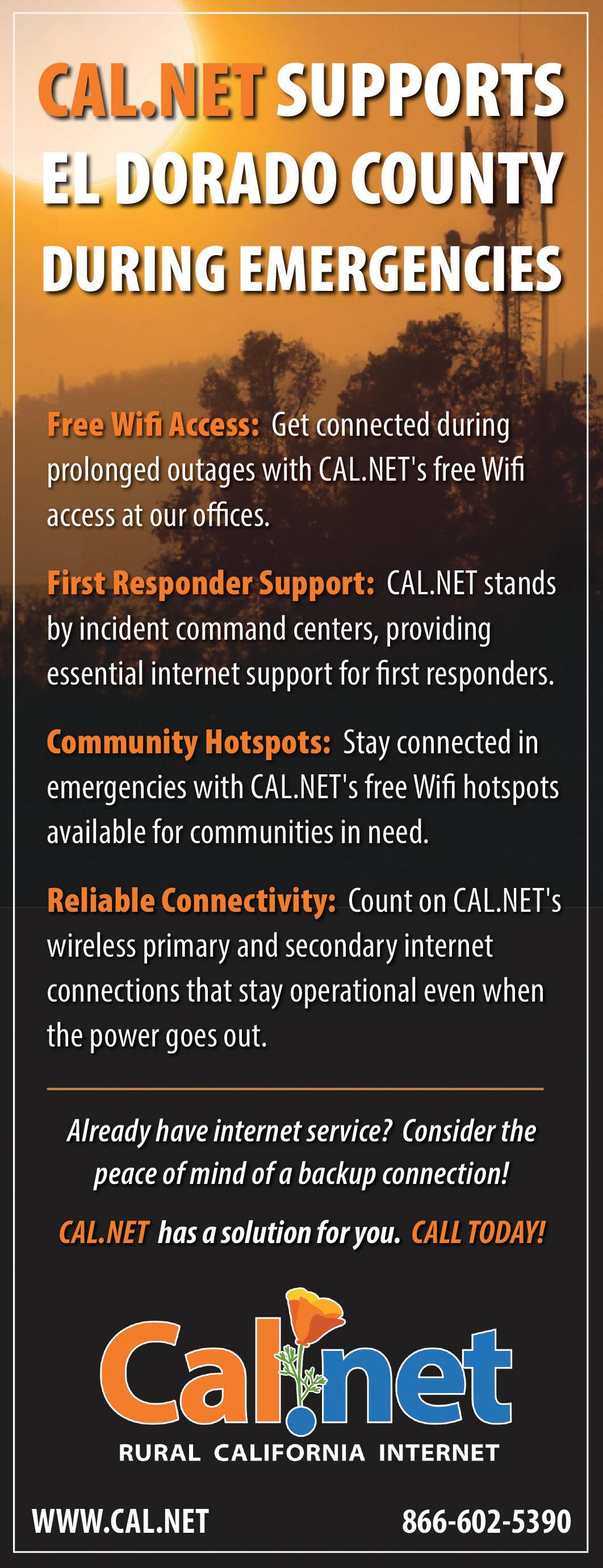
Master Gardener classes are offered monthly throughout the county. You can fi nd the class schedule at: mgeldorado.ucanr.edu/Public_Education_Classes/?calendar=yes&g=56698 and recorded classes on many gardening topics at mgeldorado.ucanr.edu/Public_Education/ Classes/.
UC Master Gardeners of El Dorado County will offer a class at the Sherwood Demonstration Garden on Oct. 28 from 9 a.m. to noon on Maintaining a Native Landscape. Join Master Gardeners at 6699 Campus Drive in Placerville, for this class and tour of the Native Plant Garden.
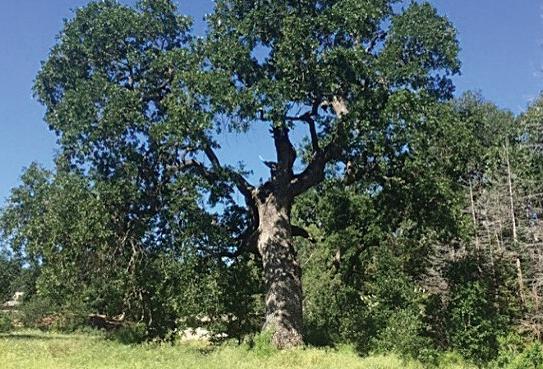
Sherwood Demonstration Garden is open March to November every Friday and Saturday from 9 a.m. to noon. There are tours on the fi rst Saturday of the month at 9 a.m. Volunteers are on-hand to answer questions, or you can just enjoy the garden. Please check the website for further information about the Sherwood Demonstration Garden at ucanr.edu/sites/EDC_Master_Gardeners/ Demonstration_Garden/.
Have a gardening question? Master Gardeners are working hard to answer your questions. Use the “Ask a Master Gardener” option on the website mgeldorado.ucanr.edu or leave a message on the office telephone (530) 621-5512. We’ll get back to you. Master Gardeners are also on Facebook, Instagram and Pinterest.
For more information on the UCCE Master Gardeners of El Dorado County go to the website at mgeldorado. ucanr.edu. To sign up for notices and newsletters see ucanr.
The safety and well-being of Lake Tahoe residents and visitors is Barton Health’s top priority. The team including Barton staff, care providers and physicians remain prepared for an array of emergency situations. Given the demands of the rural and mountainous region, the health system remains ready to care for patients during wildfire or record-breaking snowfall, in addition to treating traumatic injuries related to auto or boat accidents or outdoor adventures like skiing, hiking, or biking.
As a Level III Trauma Center, Barton Memorial Hospital provides accelerated patient evaluation and triage, priority access to diagnostic technology, expanded blood bank capabilities and an elevated care team preparedness for traumatic injuries. Highly-trained surgeons and emergency physicians, alongside skilled clinical teams, are available 24/7 to provide swift, lifesaving-care to patients.
As part of a regional trauma system, and through partnerships with Emergency Medical Services (EMS) agencies like CALSTAR and REACH Air Medical Services, Barton can transport patients rapidly via ground or air ambulance to extended trauma services at Renown Regional Medical Center’s Level II Trauma Center in
Reno and University of California, Davis Medical Center’s Level I Trauma Center.
As a result of potential, prolonged power outages, Barton‘s state-ofthe-art central utility plant provides energy independence in the event of a disaster-caused outage or public safety power shut off, ensuring power to the Trauma Center and lifesaving medical equipment.
In the event of a disaster, and if patient transfer is necessary, Barton can request expanded capacity at neighboring hospitals including UC Davis Medical Center, Marshall Medical Center, Renown Regional Medical Center and Carson Valley Health.
Partnerships with local police, fi re, and fi rst responders strengthen crisis response and coordinated training efforts include simulations of mass casualty incidents, wildfi re evacuations and other disaster scenarios. Medical experts from Barton’s Trauma Center
regularly provide “Stop the Bleed” tourniquet training to local educators and school staff, recommended by the Department of Homeland Security to stop extremity bleeding and save lives in the event of a school shooting or other traumatic incident.
Barton remains prepared — from traumatic incidents, natural disasters, or infectious diseases, emergency response preparedness is an essential element of providing high-quality medical care.
For those experiencing a medical emergency call 911 or proceed to Barton’s 24/7 Emergency Department, 2170 South Ave., South Lake Tahoe.
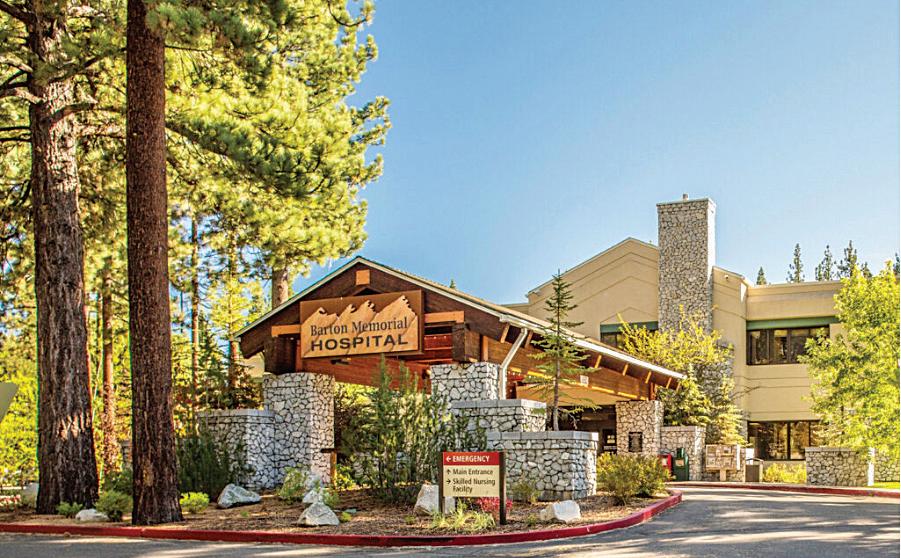
Learn more about Barton Memorial Hospital’s Emergency Department and Level III Trauma Center at BartonHealth.org/ EmergencyDepartment.
April Boyde, MSSM, CPP is the Safety, Security and Emergency Manager for Barton Health.
Having the right outdoor power equipment on hand year-round is important, says the Outdoor Power Equipment Institute (OPEI), which advises home and business owners to think ahead before foul weather or a power outage disrupts life.

“It’s important to be prepared yearround given any season can be storm season. We see more people investing in portable and whole house generators and having other outdoor power equipment on hand such as chainsaws and water pumps to mitigate any damage from felled trees and water damage and floods,” said Kris Kiser, President and CEO of OPEI, an international trade association representing manufacturers and suppliers of outdoor power equipment, small engines, battery power systems, portable generators, utility and personal transport vehicles and golf cars.
He notes that outdoor power equipment is becoming faster, lighter, more efficient and more technologically-advanced. “There’s a power source for every need including battery/electric, propane, solar and gasoline,” he said, noting each has different maintenance and care requirements. “Always read and follow the manufacturer’s manual.”
To get ready for inclement weather, homeowners should identify which equipment is needed. Chainsaws or pole saws can trim limbs and shrubs ahead of a storm and handle clearing. String trimmers, pruners and chainsaws can also remove combustible material from around your home, making it less vulnerable to wildfi res.
A portable generator will power key appliances and charge cell phones when utilities go down. Before an
outage, plan where the generator will be set up (never in a home or garage, and always away from your home and any air intake) and determine how to secure it if needed. Buy and install a carbon monoxide detector, too. Get outdoor-rated extension cords for portable generators and consider adding an approved cover to your generator for rainy weather. A whole house generator can keep the lights and appliances on and running.
Water pumps can help get water and muck out of basements and homes. Be sure you know how to operate the pump. Never pump substances that your equipment is not designed to cope with. Pay attention to avoid overheating and follow all safety precautions.
A utility type vehicle can transport people and supplies quickly in an emergency. Keep the vehicle stable and drive slowly. Do not turn mid-slope or while on a hill. Consider taking a safety course.
Always read the directions provided by outdoor power equipment manufacturers and be sure to follow all
manufacturer’s safety and usage recommendations before you need it — not waiting until an emergency. Practice how to operate equipment. Save a digital copy of the owner’s manual on your computer if possible, so it can easily be consulted in the future.
Make sure to have the right fuel on hand and charge batteries ahead of an outage. Gasoline-powered equipment uses E10 or less fuel and most manufacturers recommend adding a fuel stabilizer. Fuel that is more than 30 days old may phase separate and cause running problems, so it’s important to purchase fuel just ahead of a storm. Store fuel safely and only use an approved fuel container.
One of the most important things operators can do for safety is to pay attention to energy levels and health. Preparation for bad weather, a power outage and storm cleanup can be taxing on the body and the spirit. Do not operate power equipment when tired or overly fatigued. Drink plenty of water and take regular breaks. Always use safety equipment like chaps, gloves, eye protection or hearing protection.
Awell thought-out plan of action for you and yourfamily can go a long way toward reducing the damage from any type of disaster that could strike. Preparing a family disaster plan is the first step.
Household emergency plans should be kept simple and easy to remember.

An information link to the outside is crucial.
Keep a battery-operated radio and extra batteries on hand and make sure family members know where the radio is kept.
Post emergency numbers (fi re, police, ambulance) by the phone.

Teach children how to call 911 for help.
Teach responsible family members how to turn off the utilities in your home.


Identify family meeting places outside your neighborhood in case you are separated and be sure everyone is clear

about these locations.
Develop an emergency communication plan. Ask an outof-state relative or friend to serve as the family’s contact. Make sure everyone knows the telephone number of this contact.


Plan and be familiar with escape routes in case you need to evacuate your neighborhood.
Be sure to include pets in your family disaster plan. Pets are usually not allowed at public shelters.
Consider investing in an inexpensive National Oceanic and Atmospheric Administration Weather Radio and set it on the Specific Area Message Encoding frequency for your area.


For more information visit ready.gov online or call 800-BE-READY (800-237-3239).






The mission of the County of El Dorado Emergency Medical Services (EMS)Agency is to ensure that the EMS system delivers the highest possible quality of prehospital emergency medical care to victims of illness and injury in the County of El Dorado.
EMS Agency
2900 Fairlane Court
Placerville
If you are experiencing a medical or other type of emergency, please call 911.
EMS Agency number: (530) 621-6500
From El Dorado Hills: (916) 358-3555 ext. 6500

From South Lake Tahoe: (530) 573-7955 ext. 6500
Fax: (530) 621-2758
Building community resilience and disaster preparedness through education and action.
Our mission is to prepare El Dorado County to effectively respond
to public health threats by focusing on public health disaster planning, disease surveillance, detection and control, health risk communication and public and health provider education and training services.
Disaster Preparedness and Response
2900 Fairlane Court
Placerville
Local Number:
(530) 621-7408
From El Dorado Hills: (916) 358-3555 ext. 7408

From South Lake Tahoe: (530) 573-7955 ext. 7408
MHOAC: (530) 377-3256

West Slope crisis information
Crisis Hotline (530) 622-3345
Sexual Assault & Domestic Violence (24 hours) (530) 626-1131
Tahoe Crisis Information
Crisis Hotline (530) 544-2219
Live Violence Free (24 Hour.) (530) 544-4444
Report road emergencies
(530) 642-4909
El Dorado County Sheriff’s Office 200 Industrial Drive
Placerville
(530) 621-5655
(530) 626-8163 fax
El Dorado County Sheriff’s Office
1360 Johnson Blvd. Suite 100
South Lake Tahoe
(530) 573-3000
Sheriff’s Sub Station
4355 Town Center Drive, Suite 113
El Dorado Hills
Emergency Numbers:
(530) 626-4911 or 911
Non-Emergency Numbers:
(530) 621-5655
(530) 621-6600
(530) 573-7955 ext. 5655
(916) 358-3555 ext. 5655
Placerville Police Department
730 Main St.
Placerville
Business office hours
Monday – Thursday:

8 a.m. to 4:30 p.m.
Friday: 8 a.m. to 1 p.m.
Saturday and Sunday: Closed
911 Emergency
(530) 642-5210 business office

(530) 642-5280 non-emergency
(530) 642-5258 fax
California Highway Patrol
303 Lo Hi Way
Placerville
(530) 748-2450


